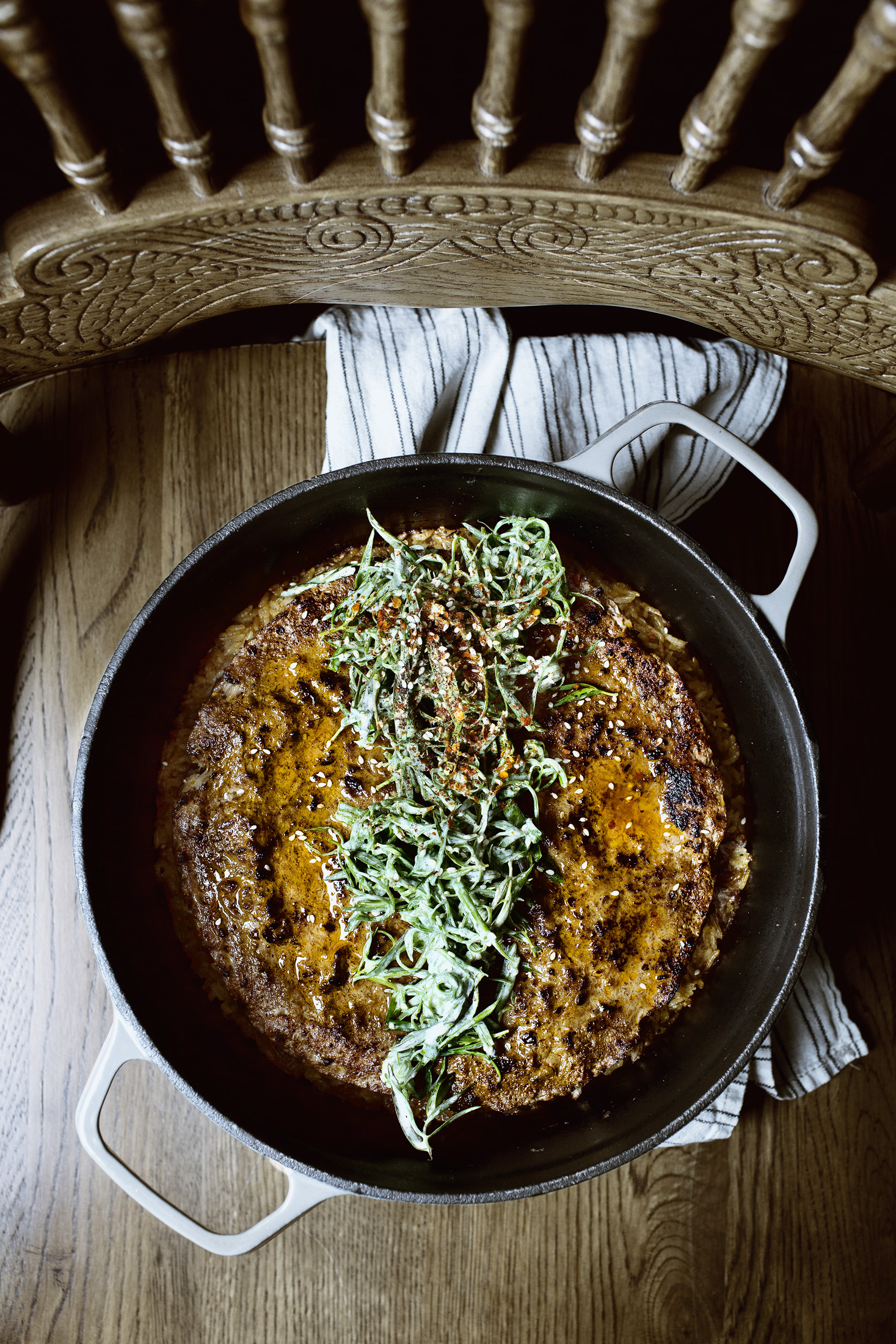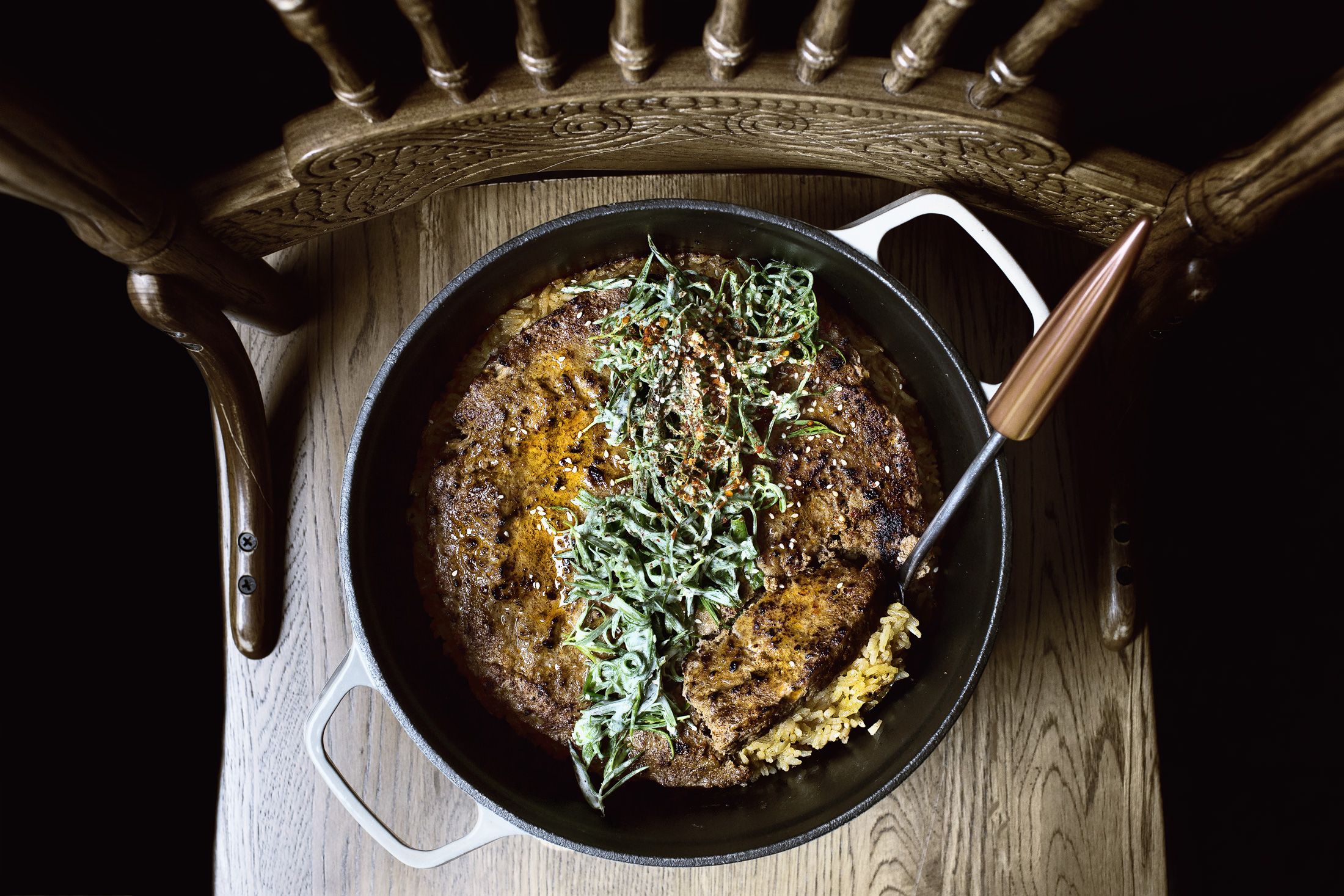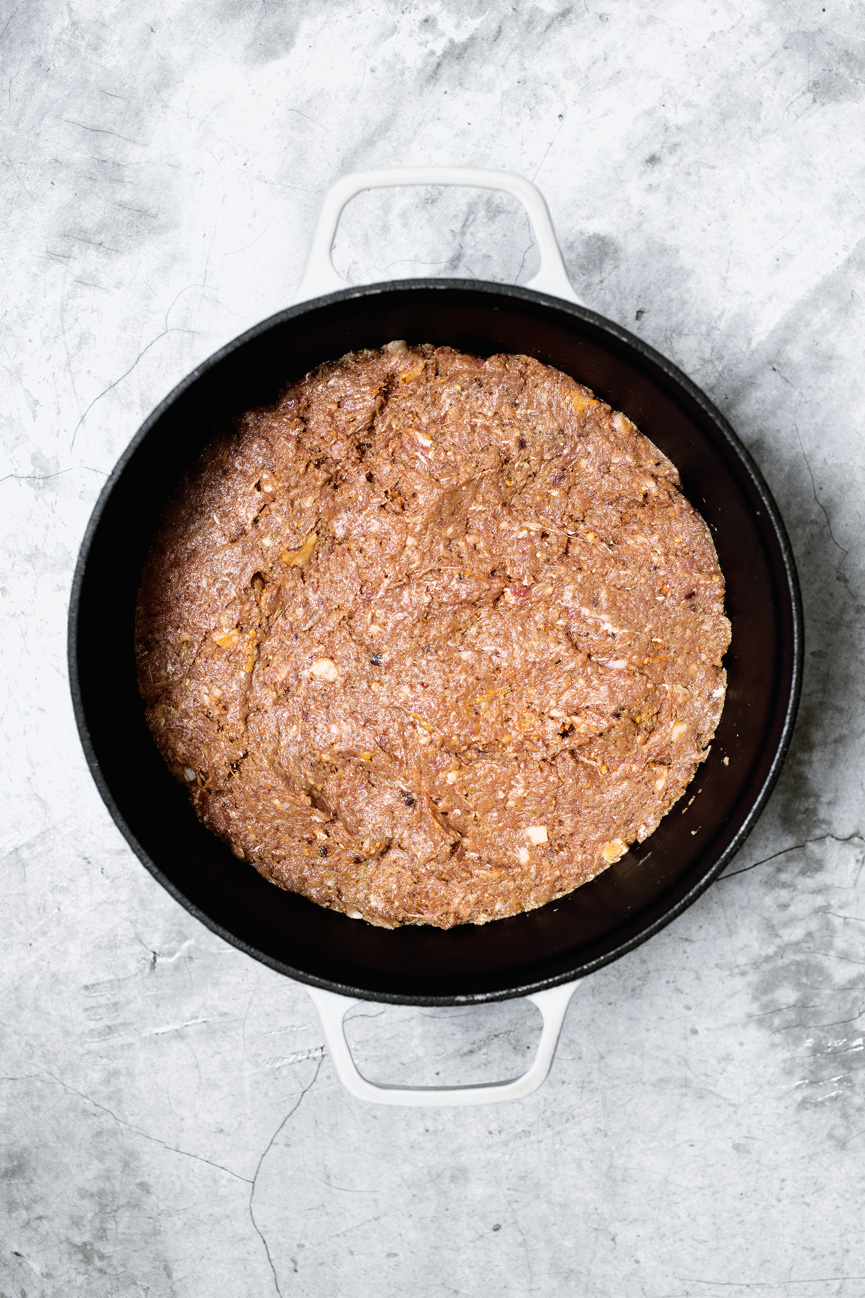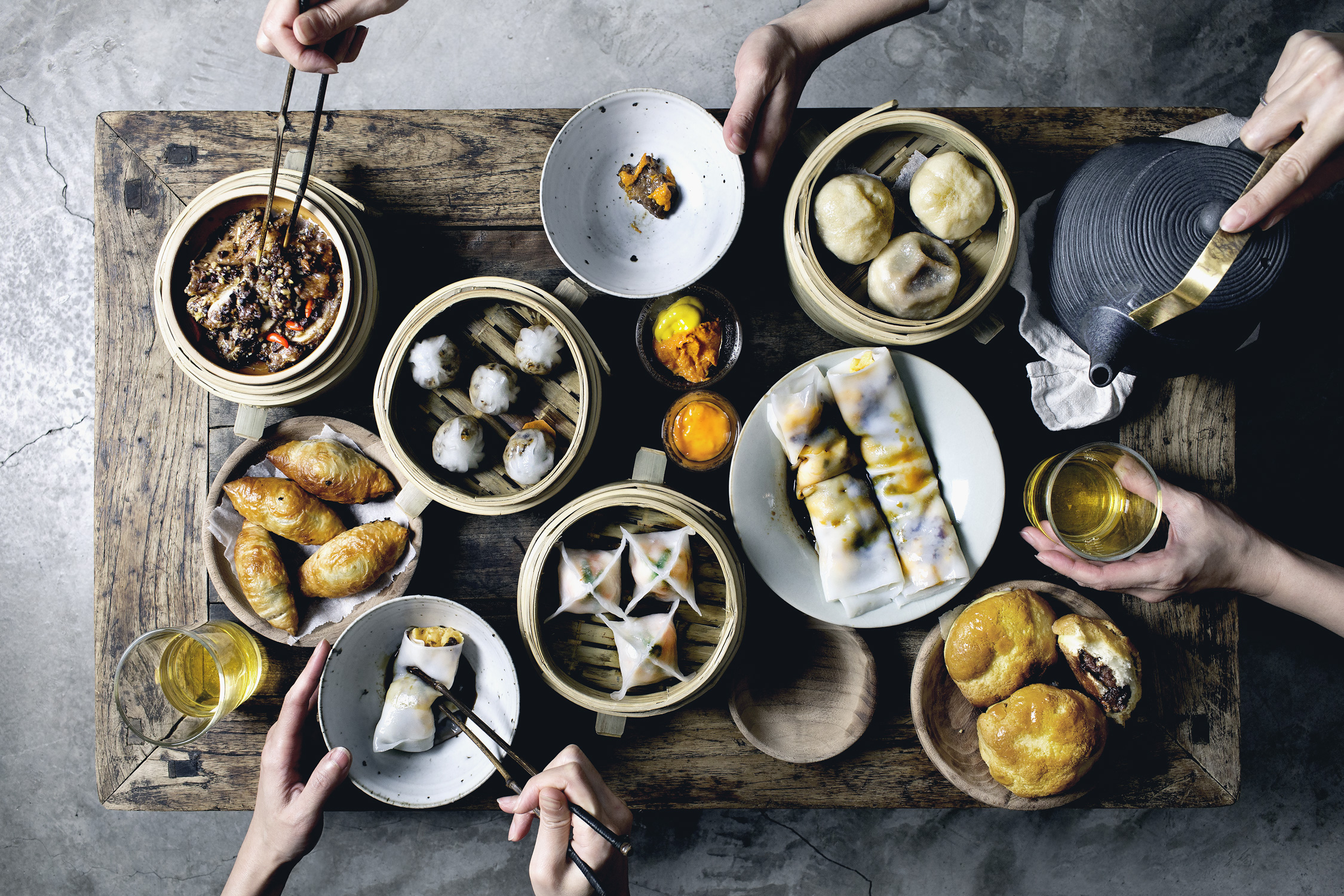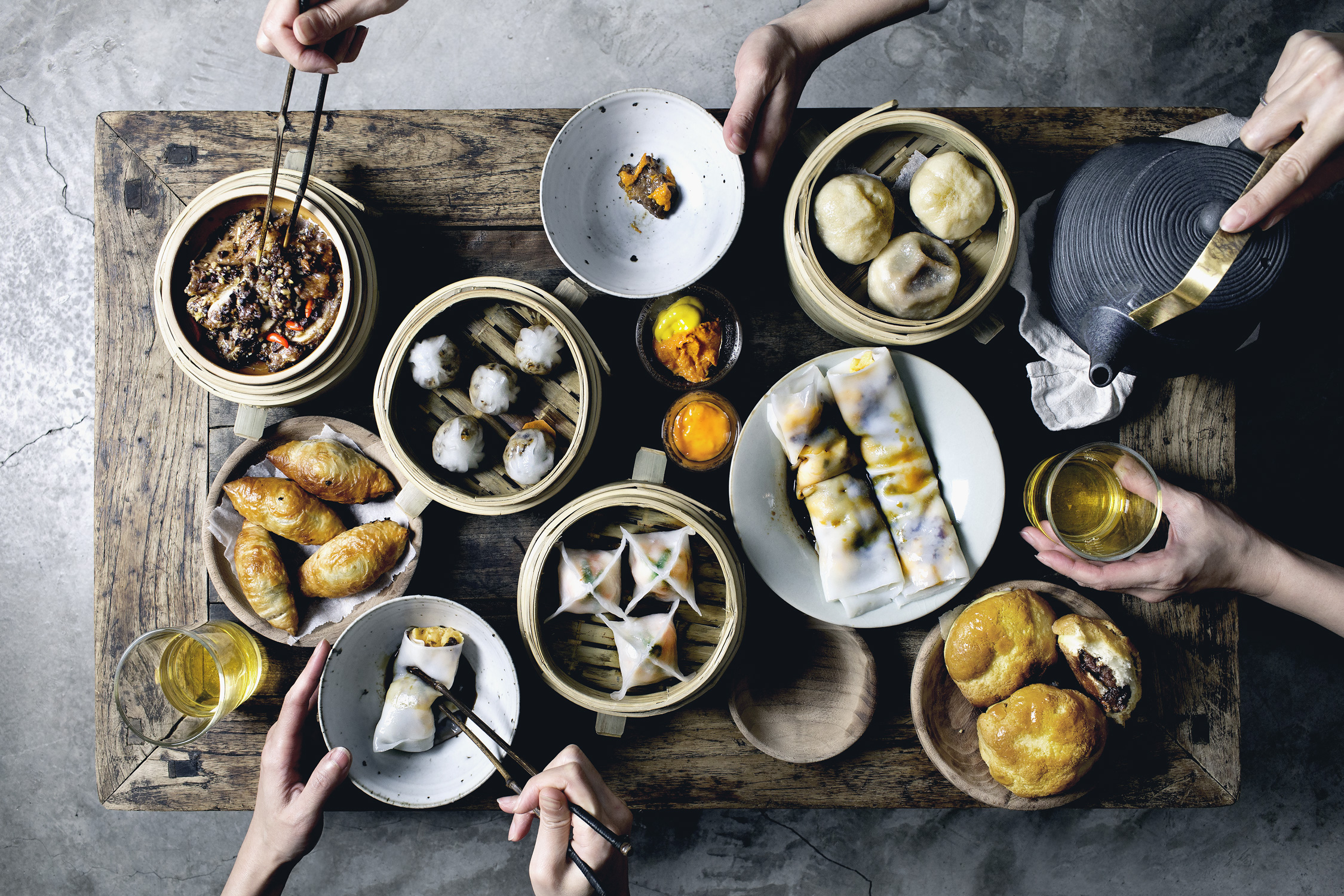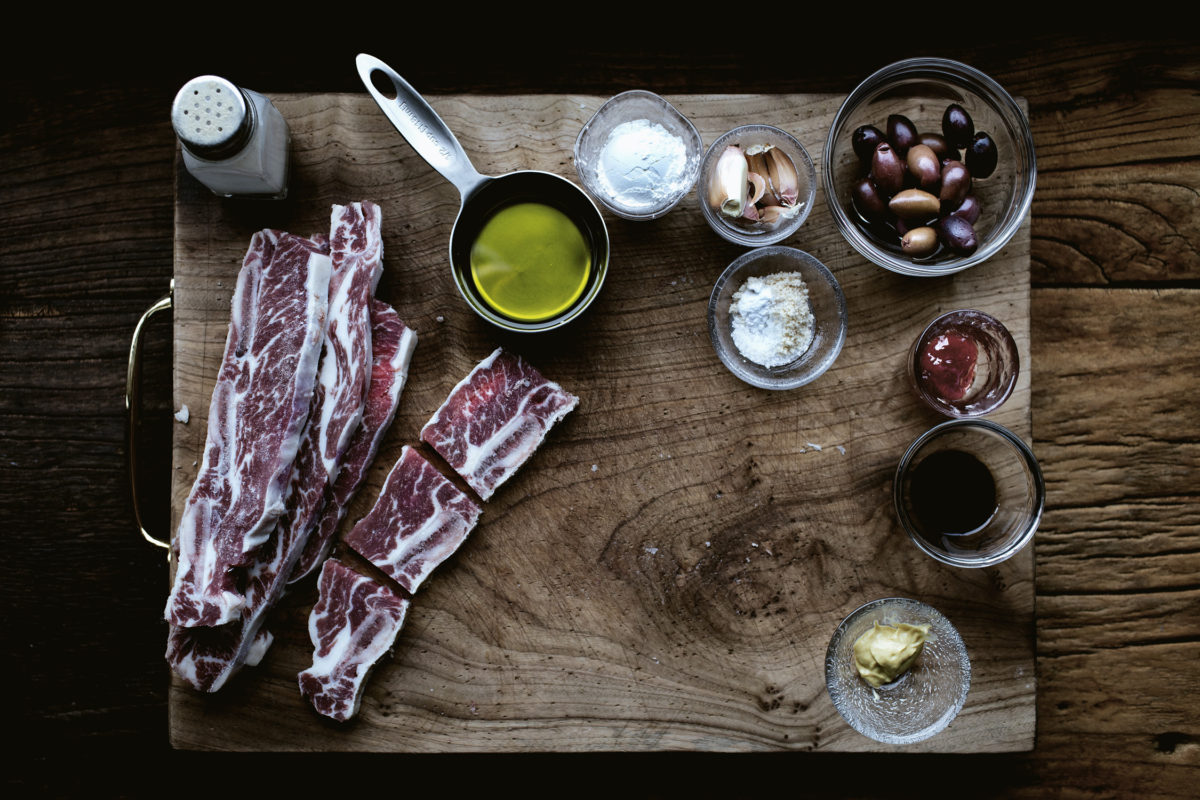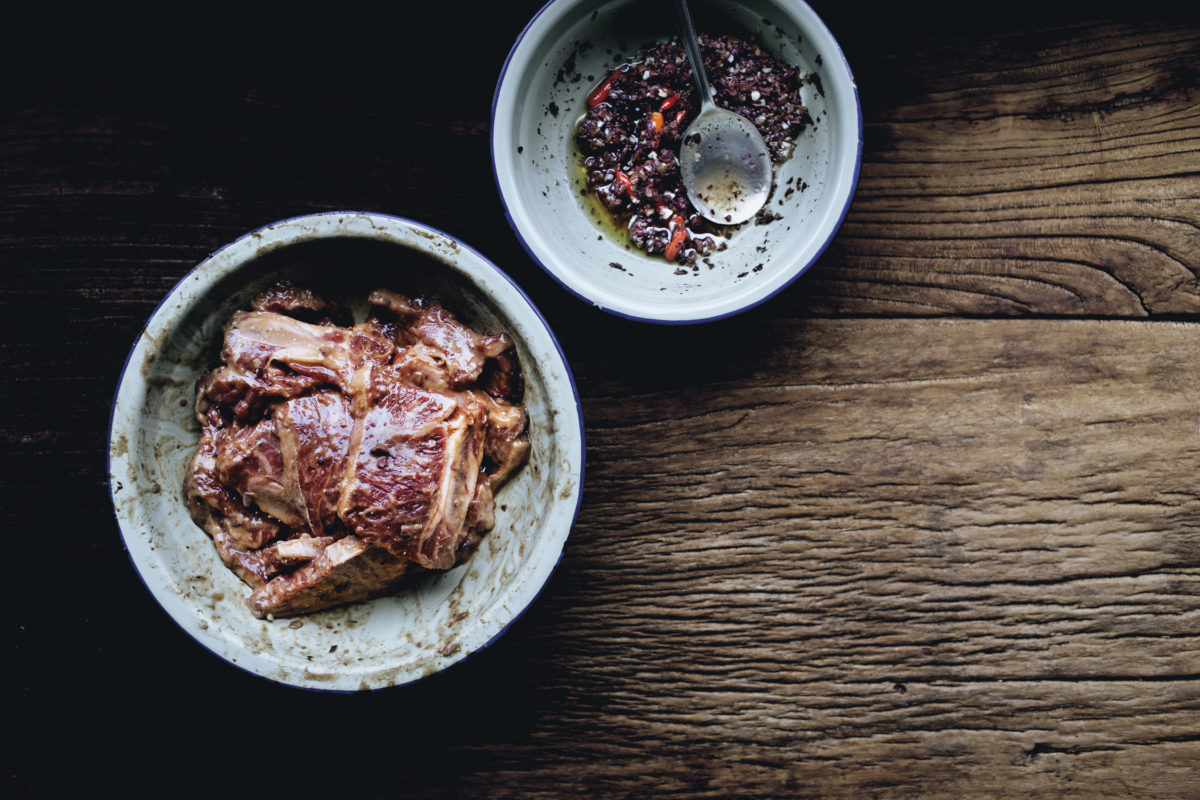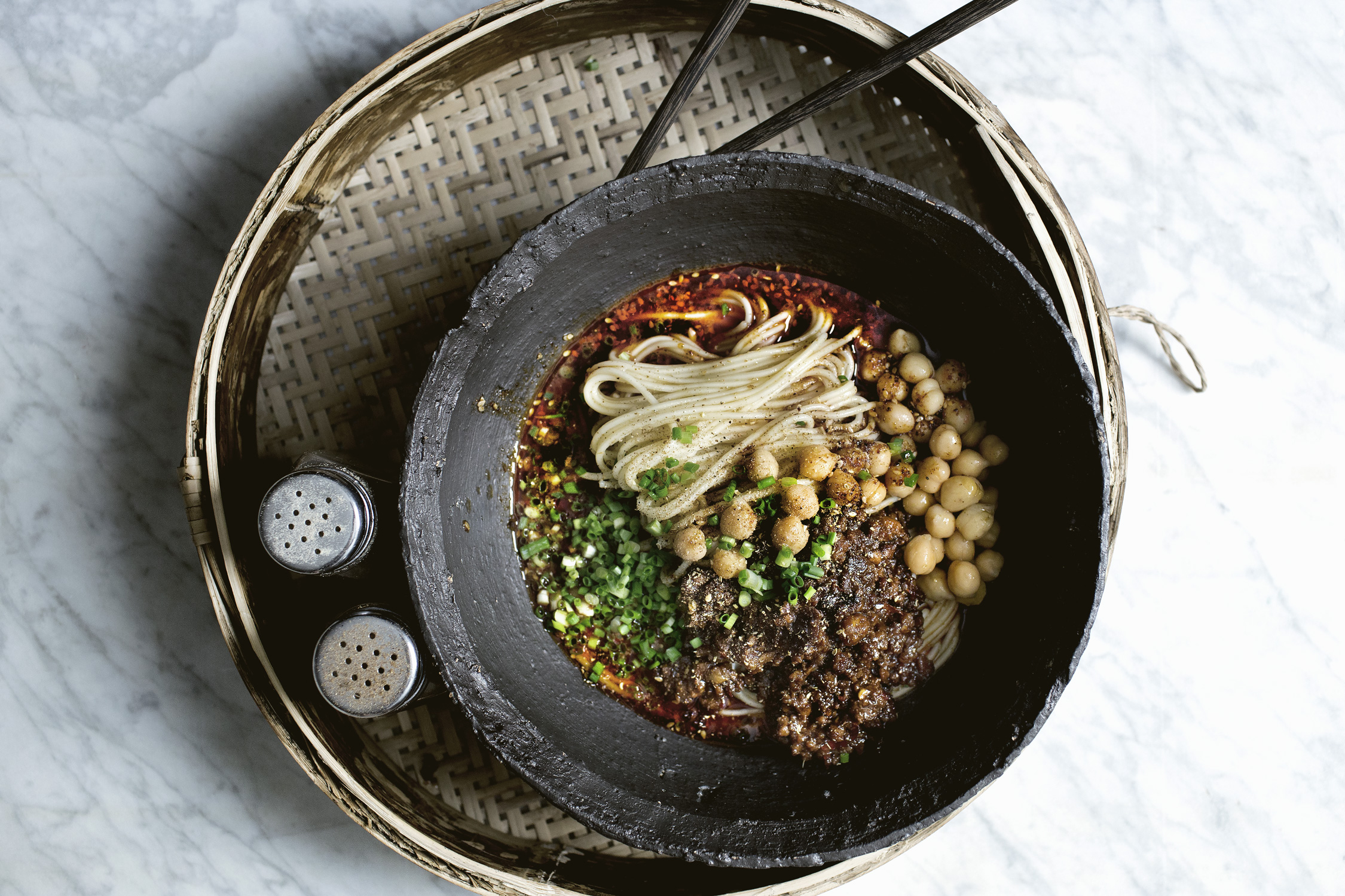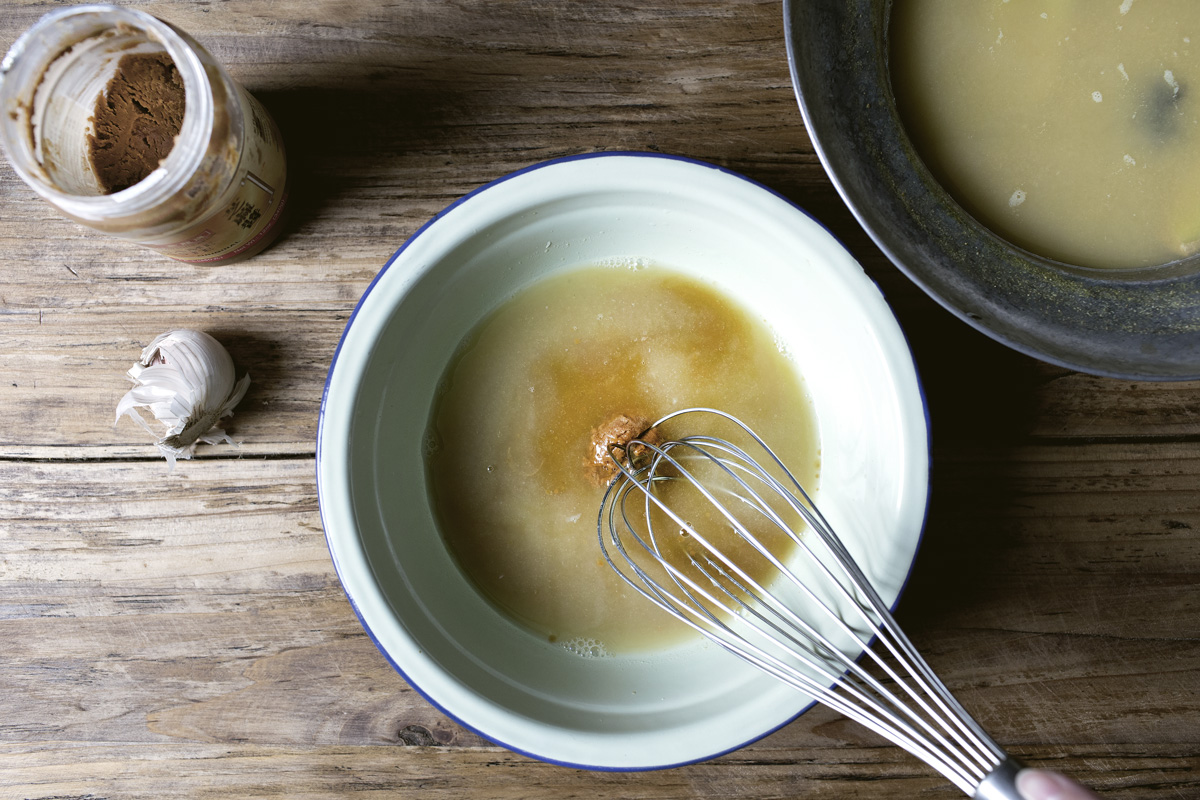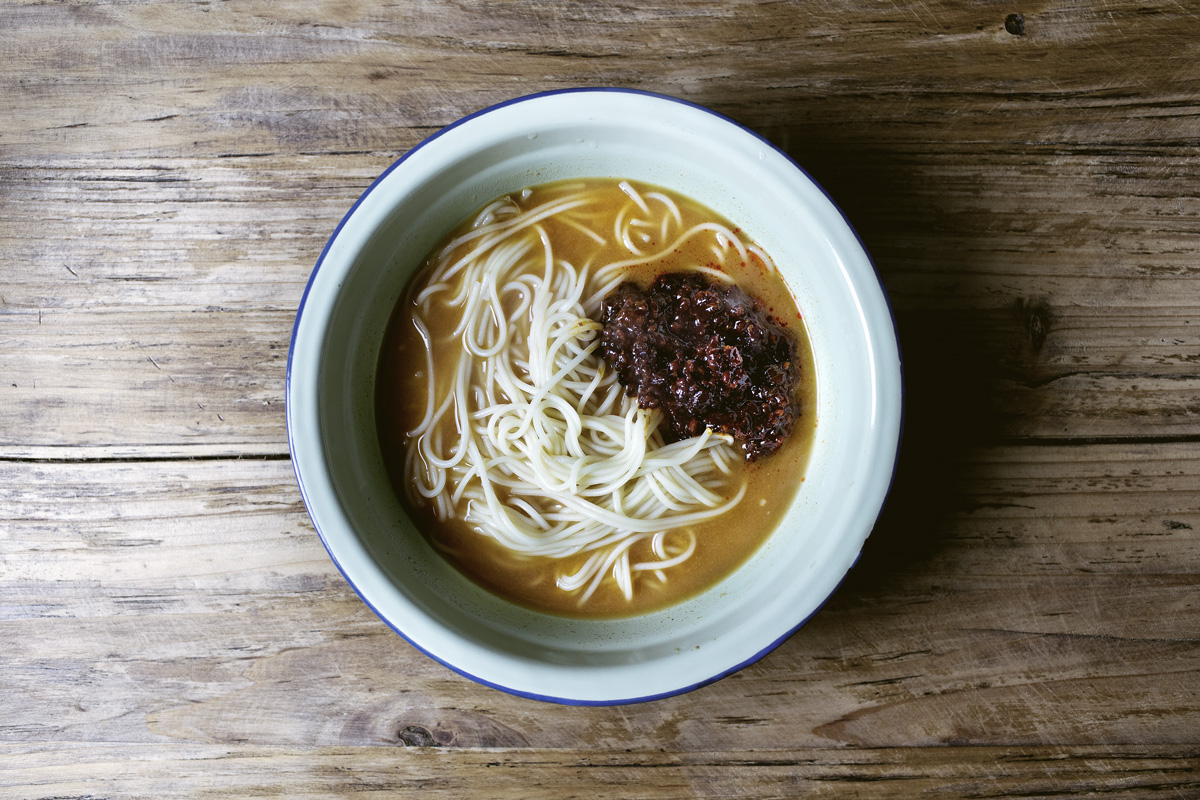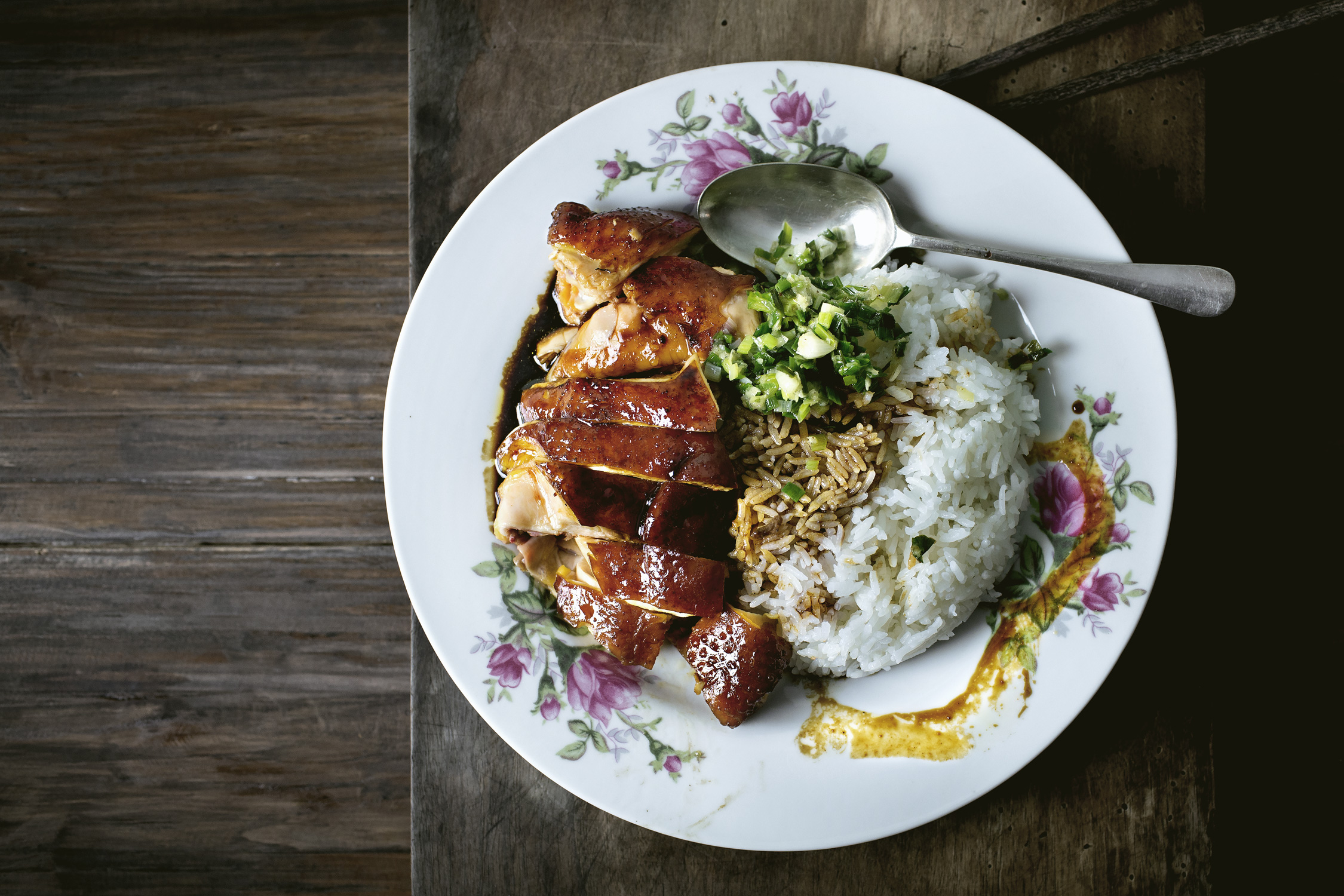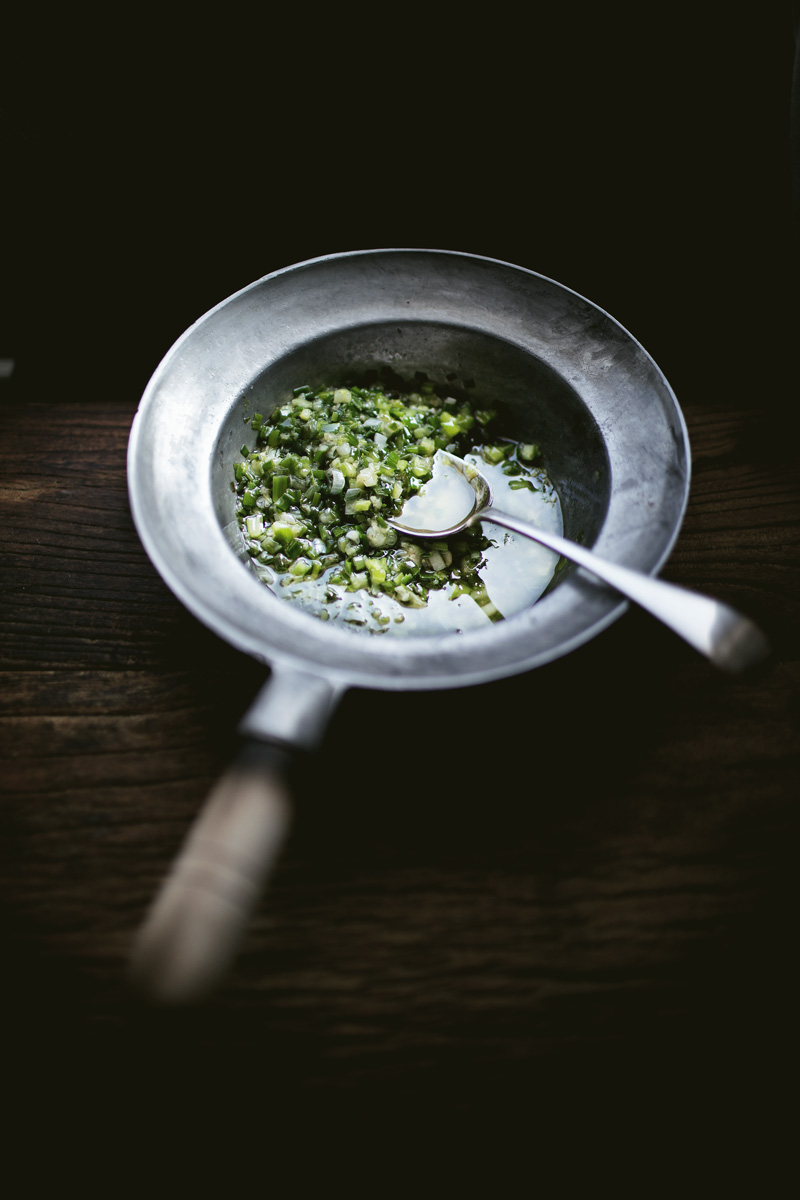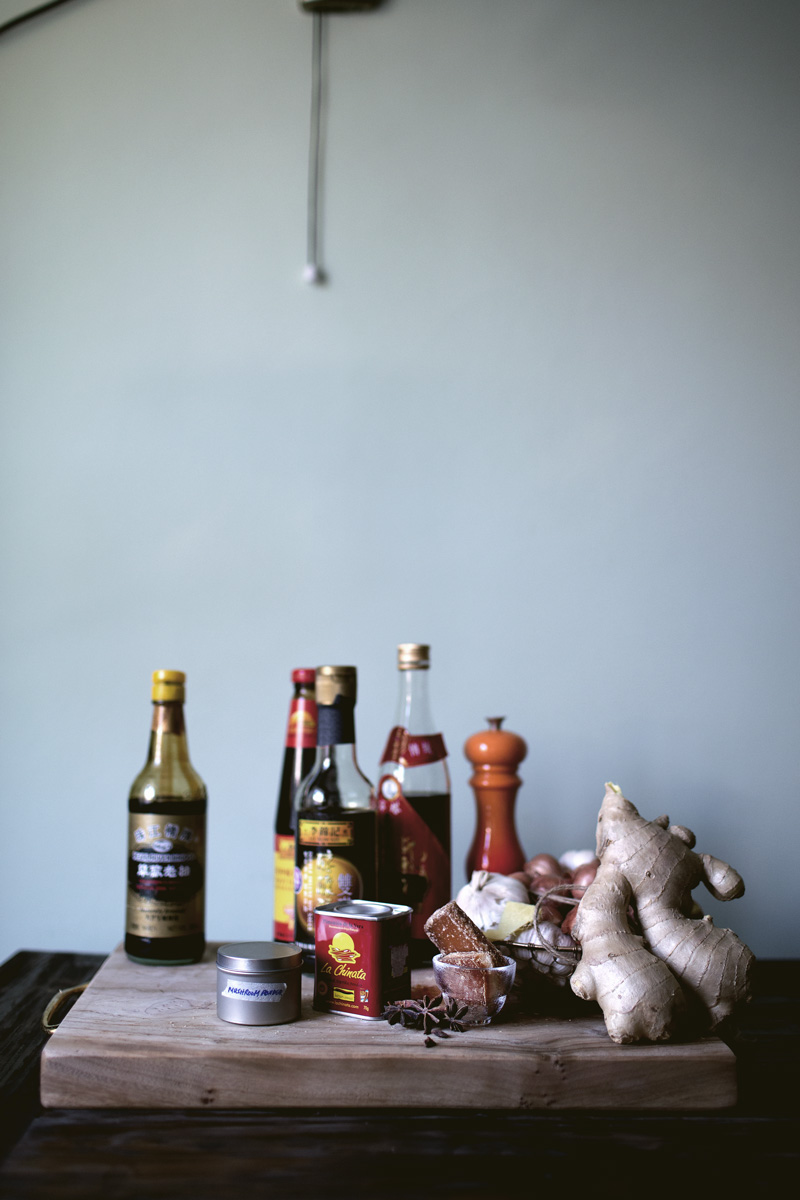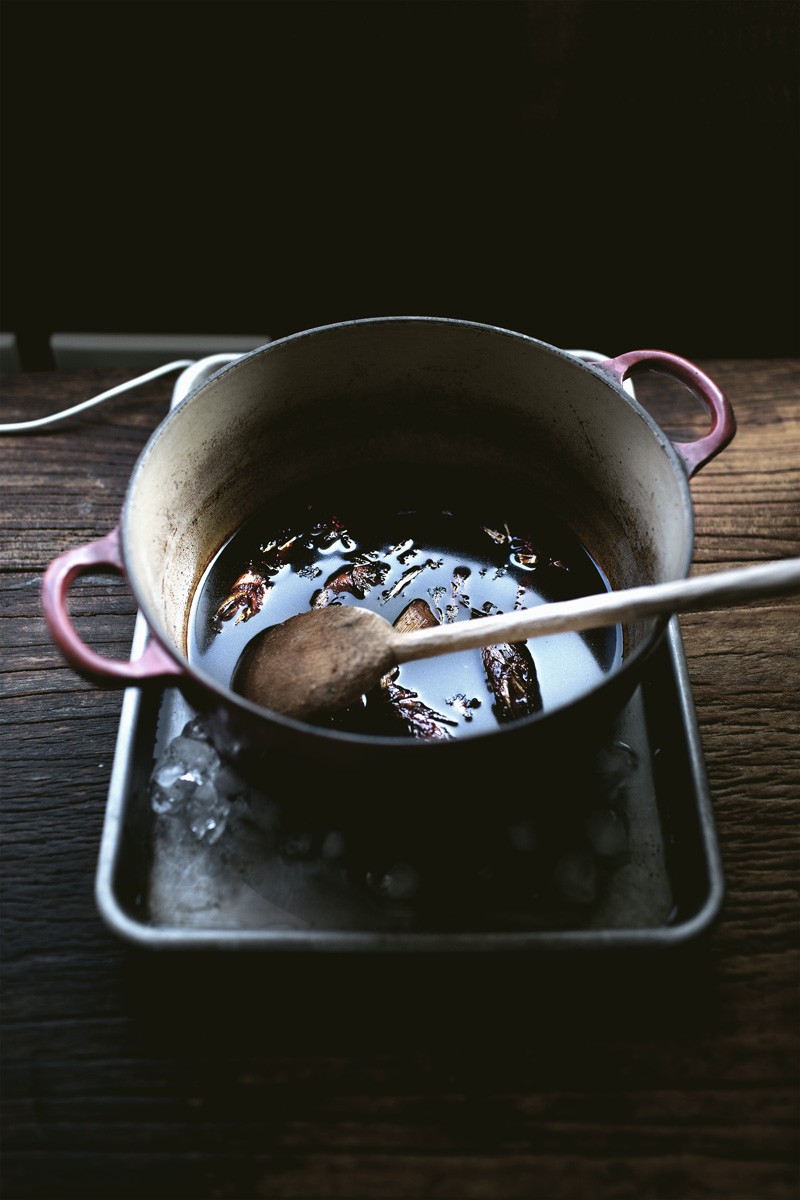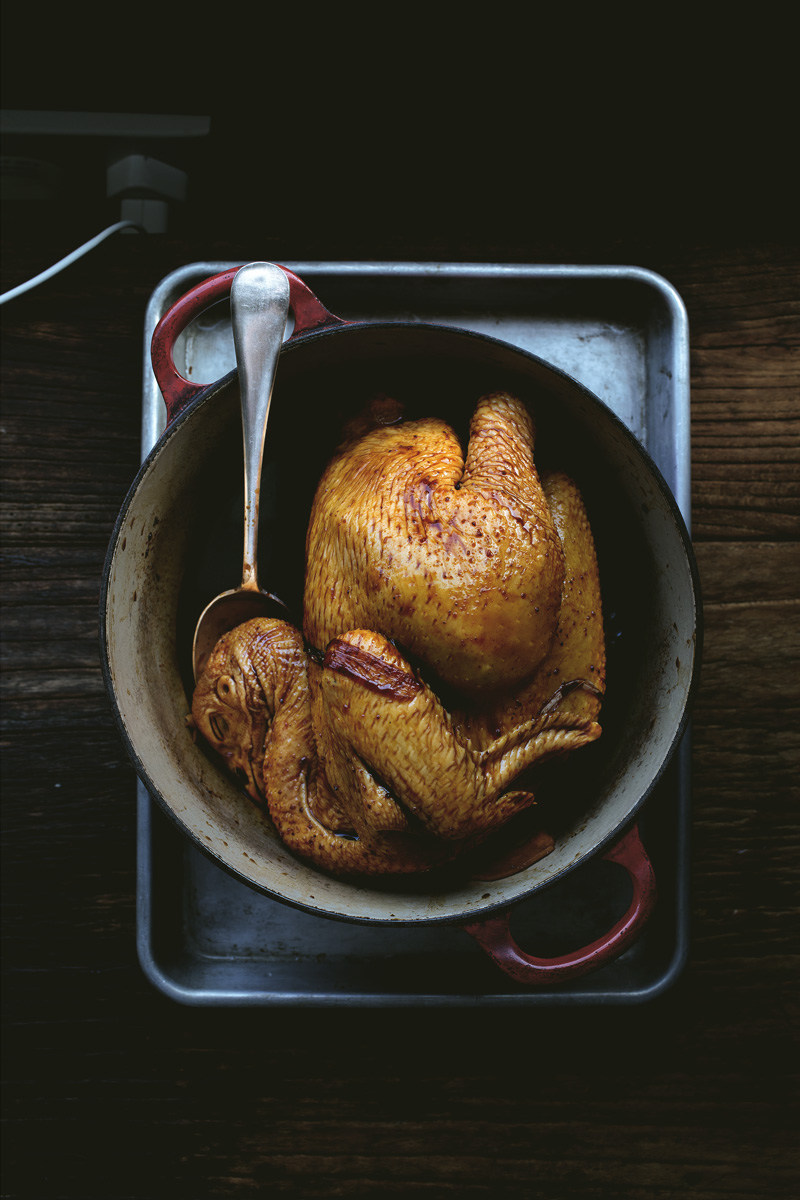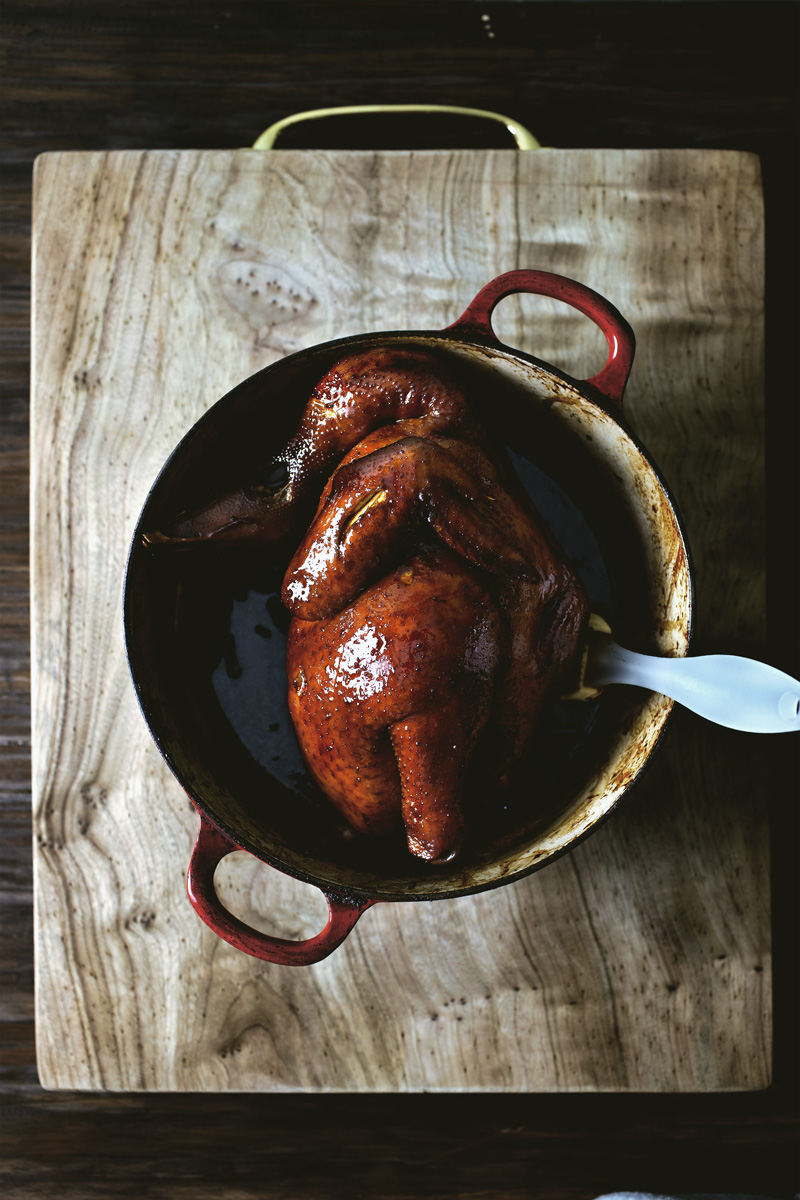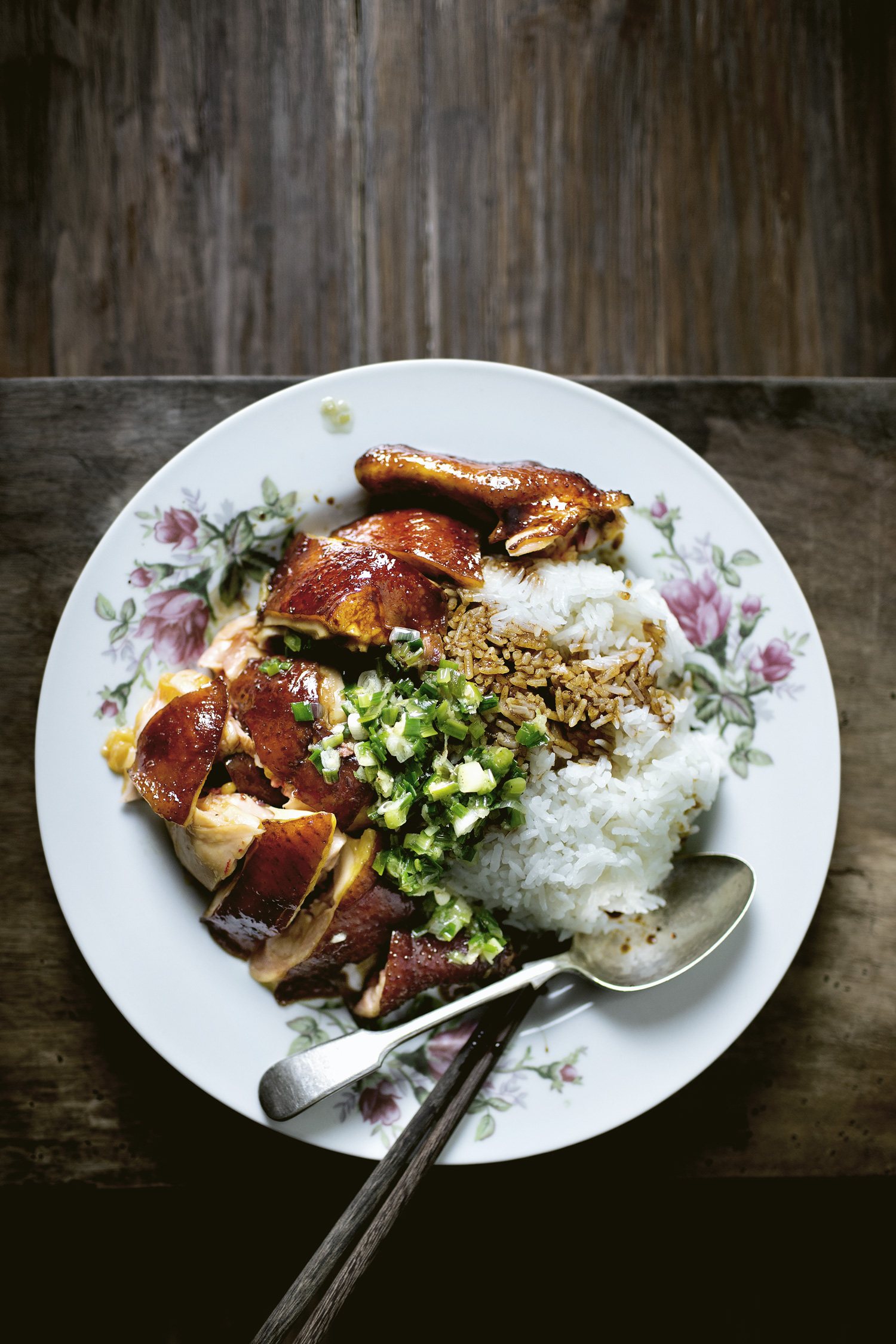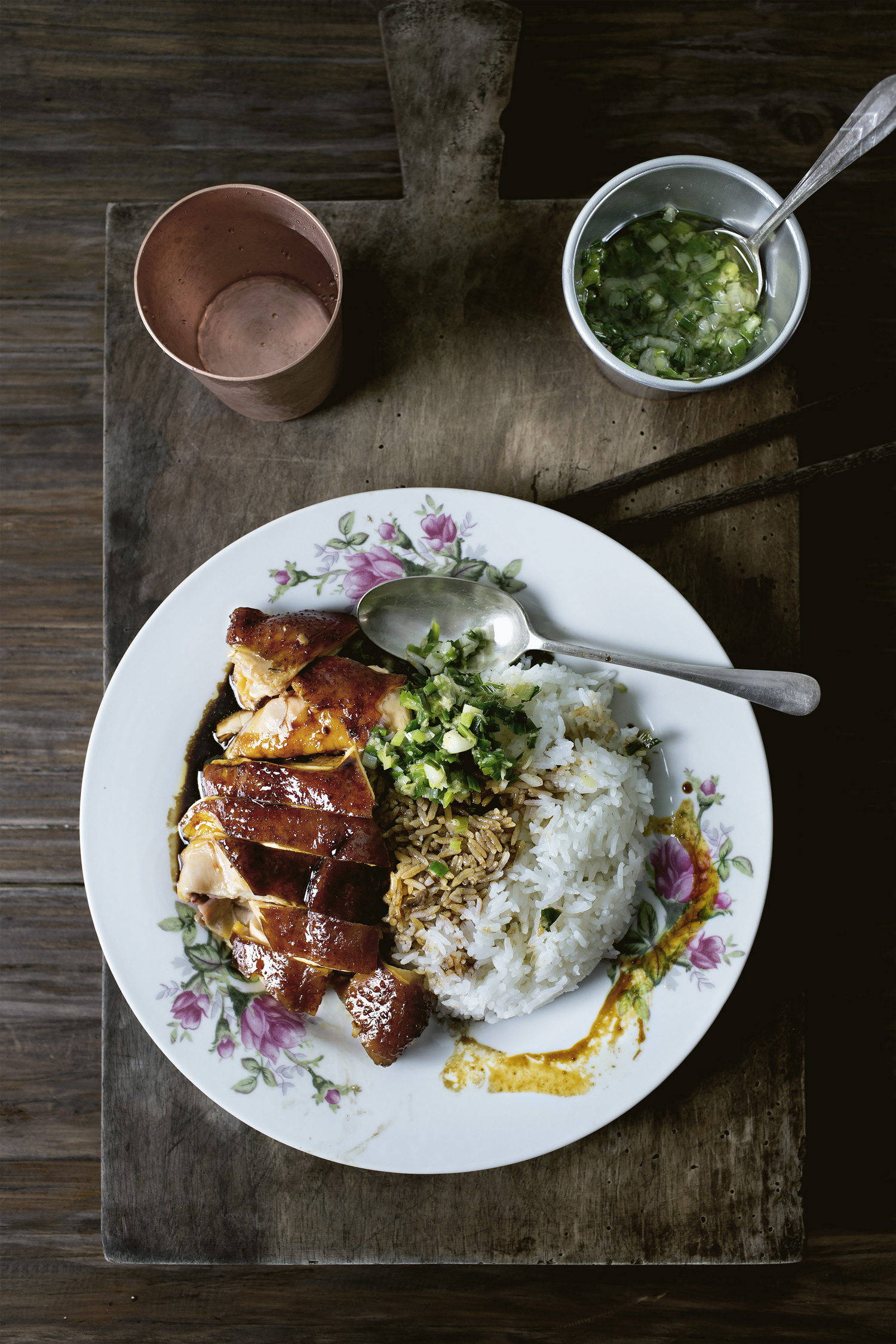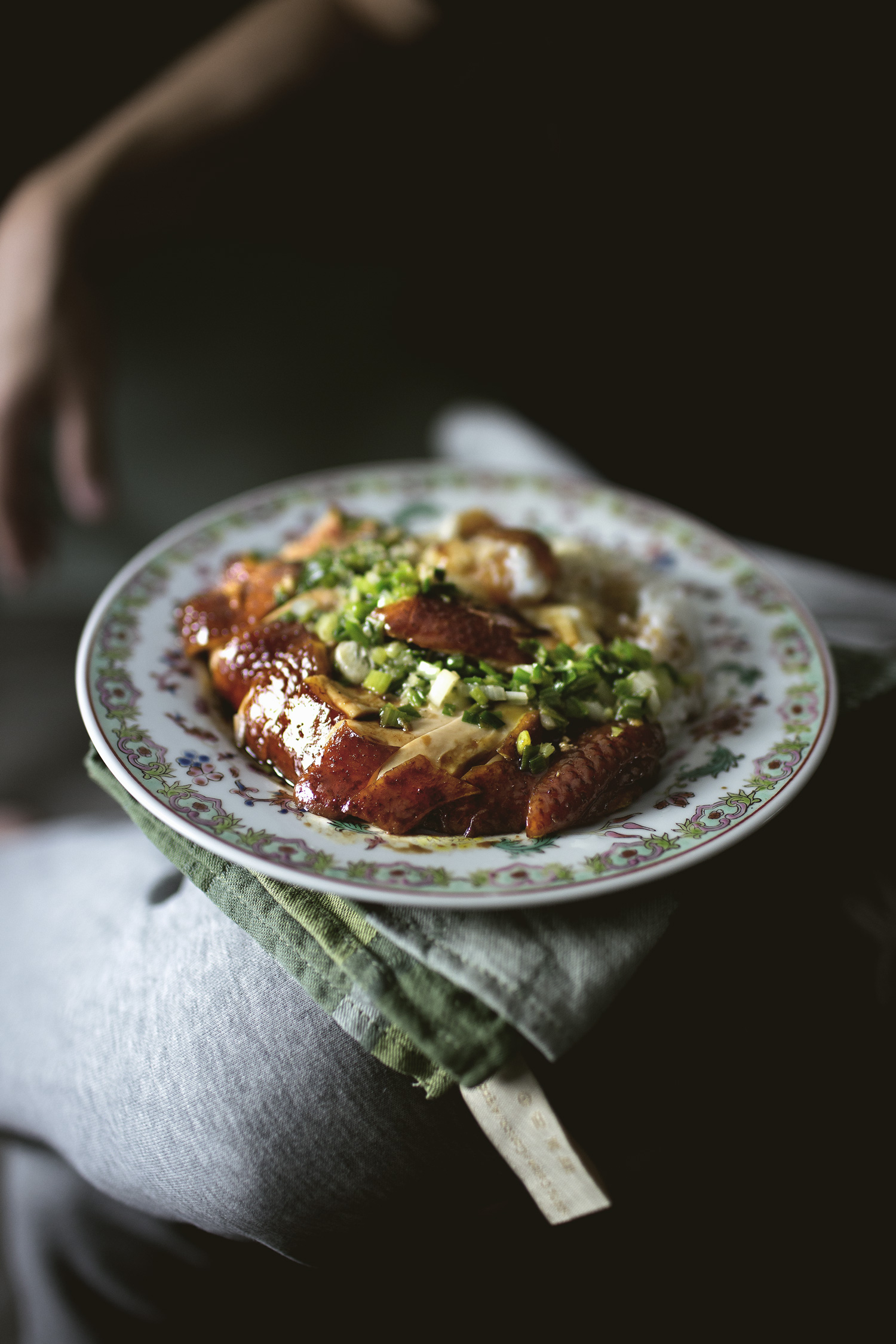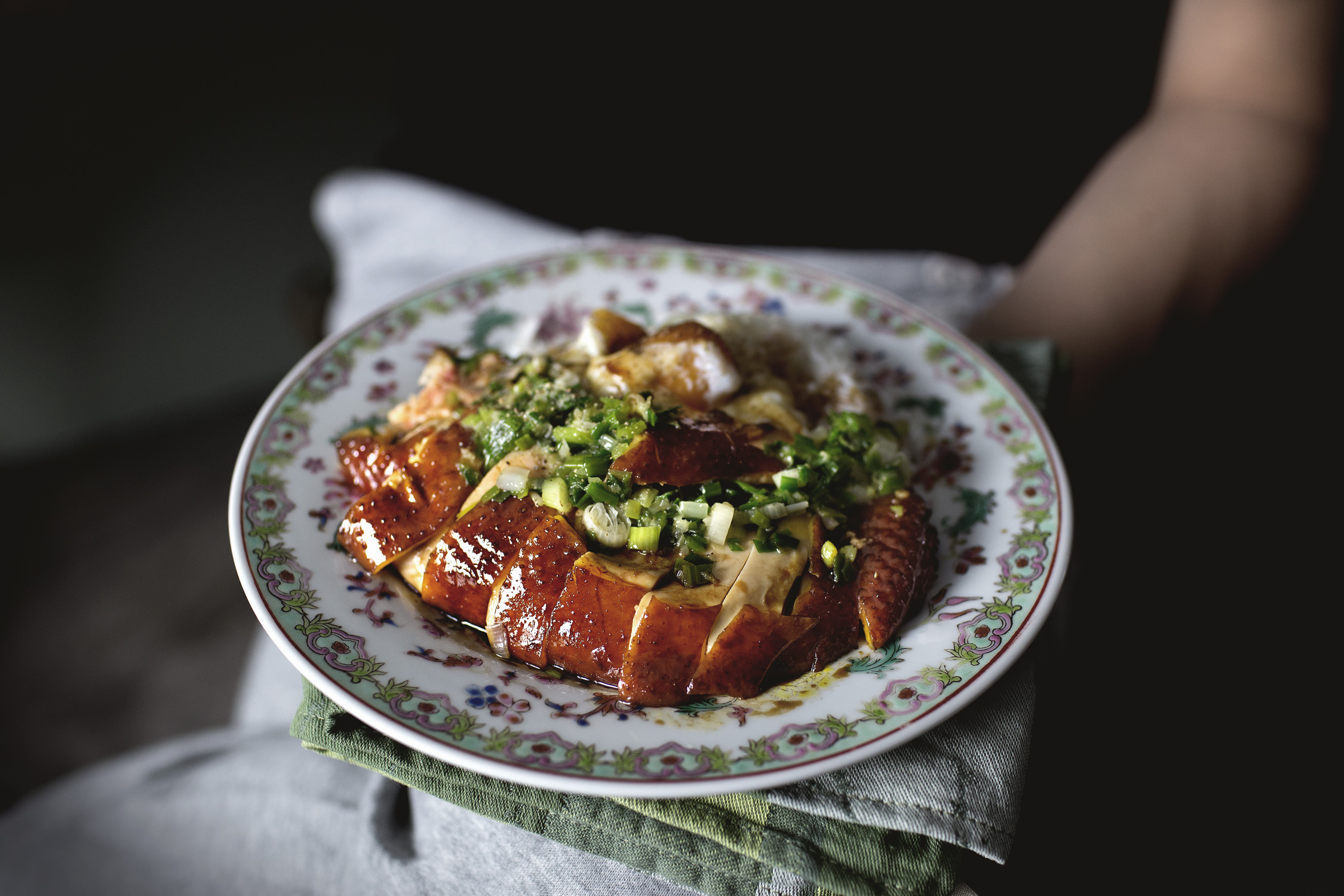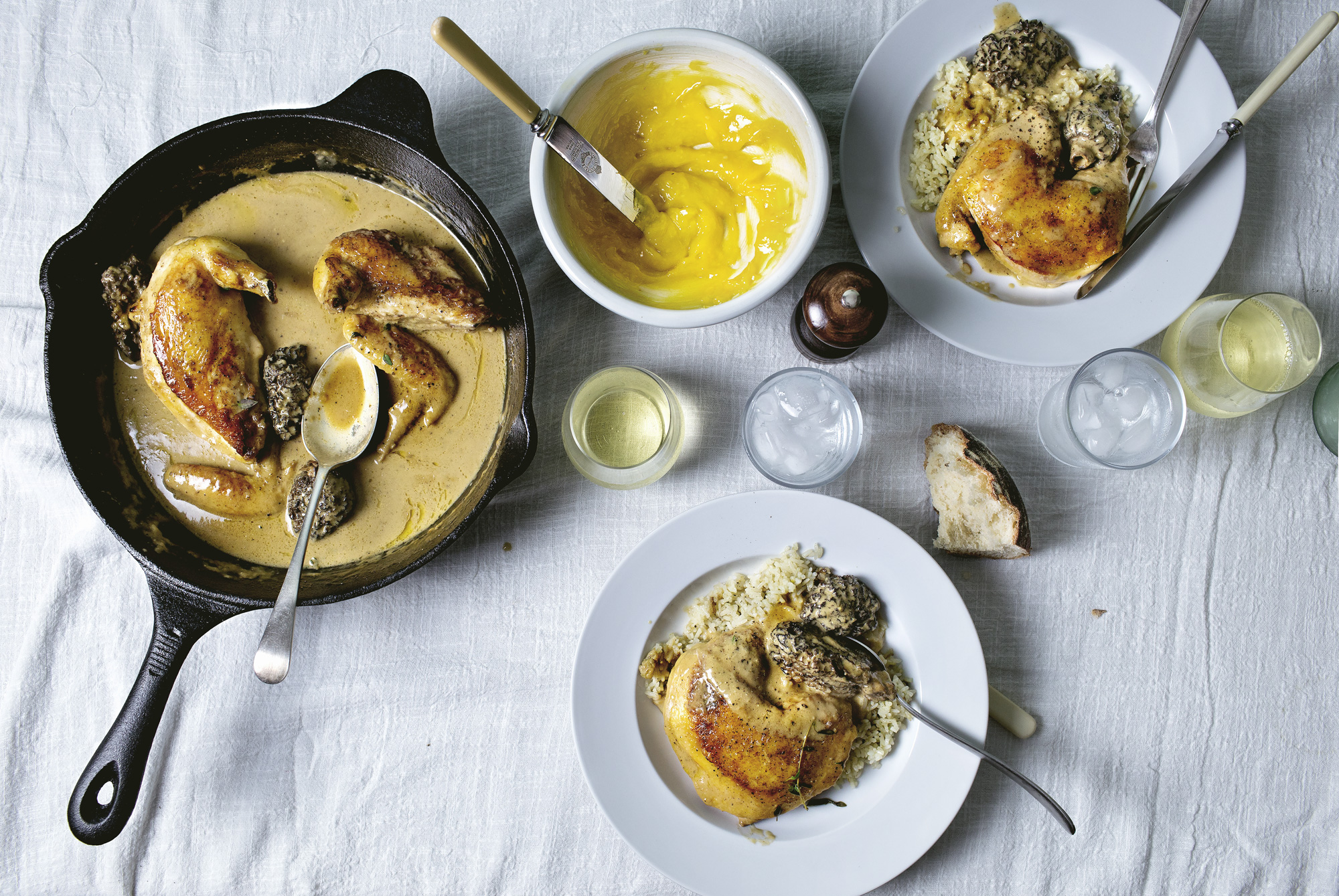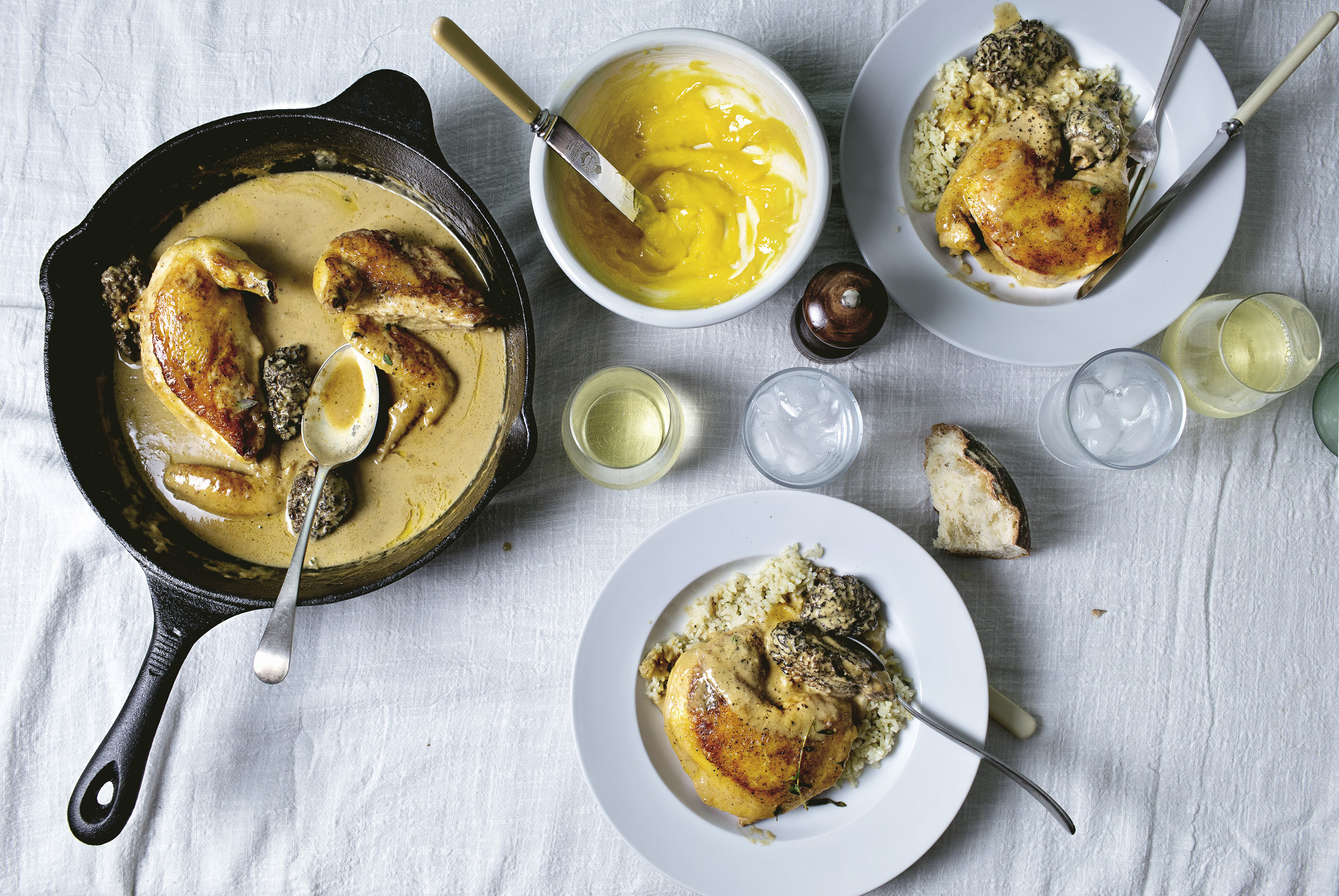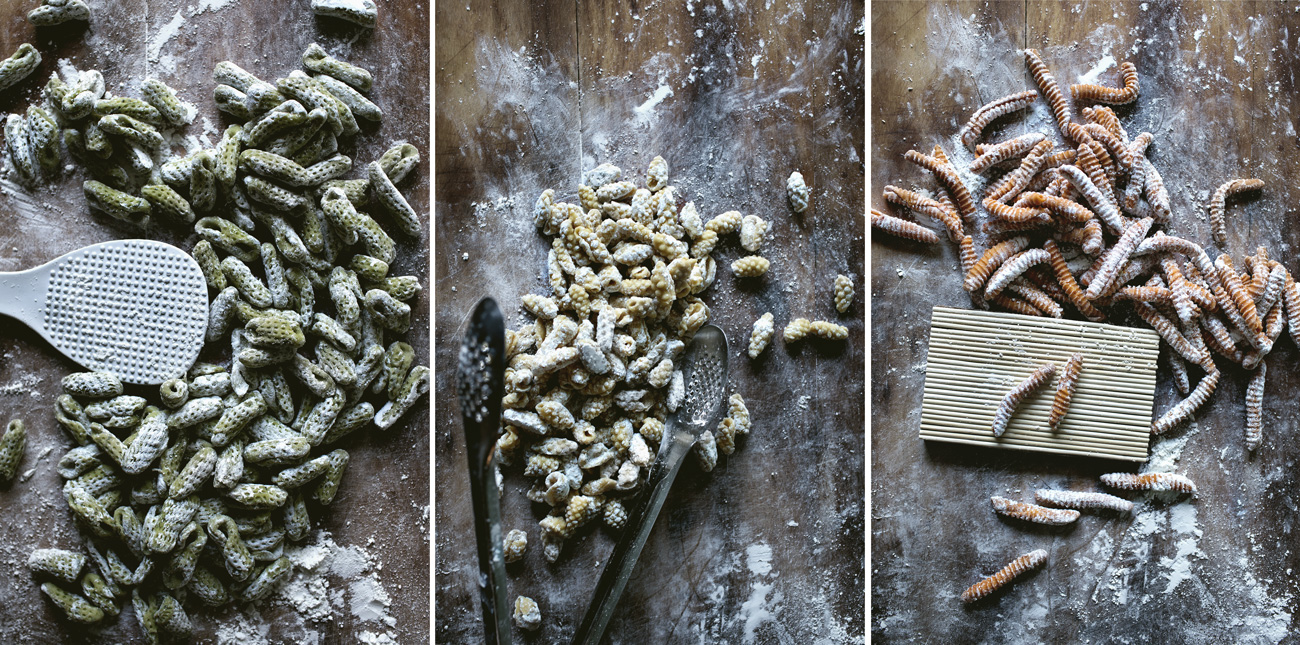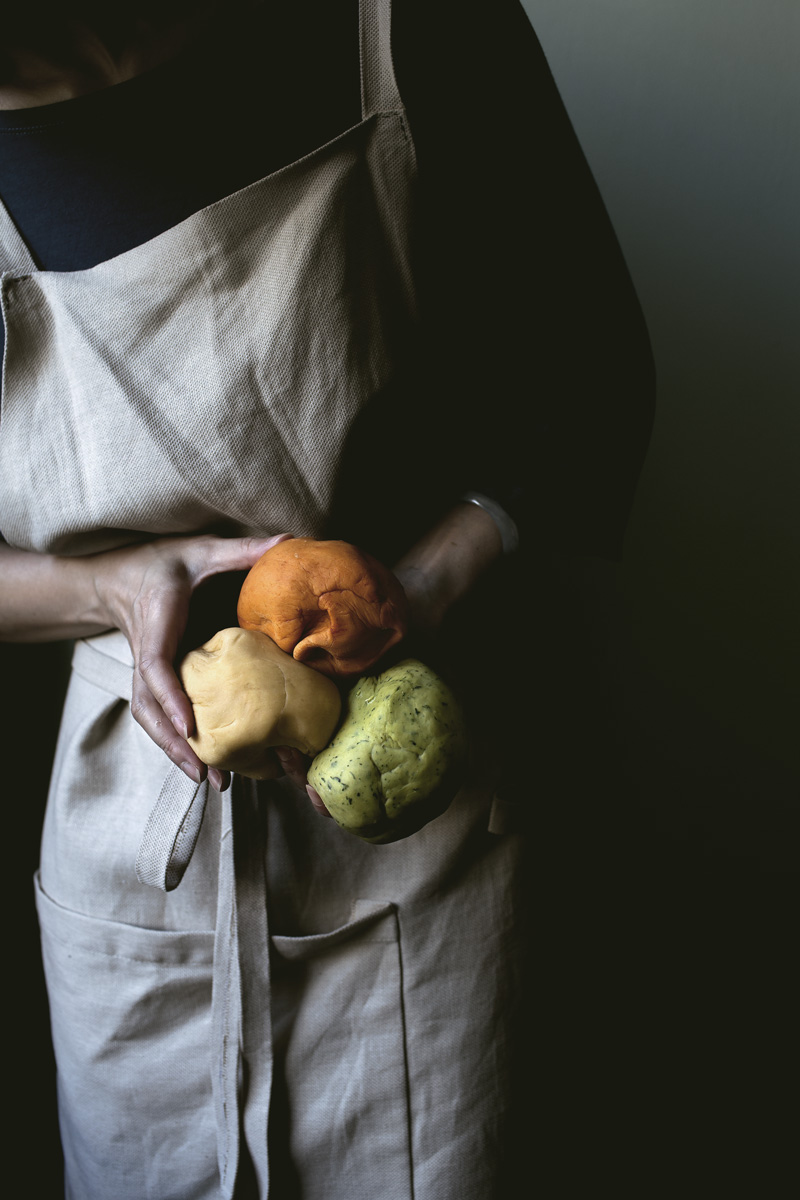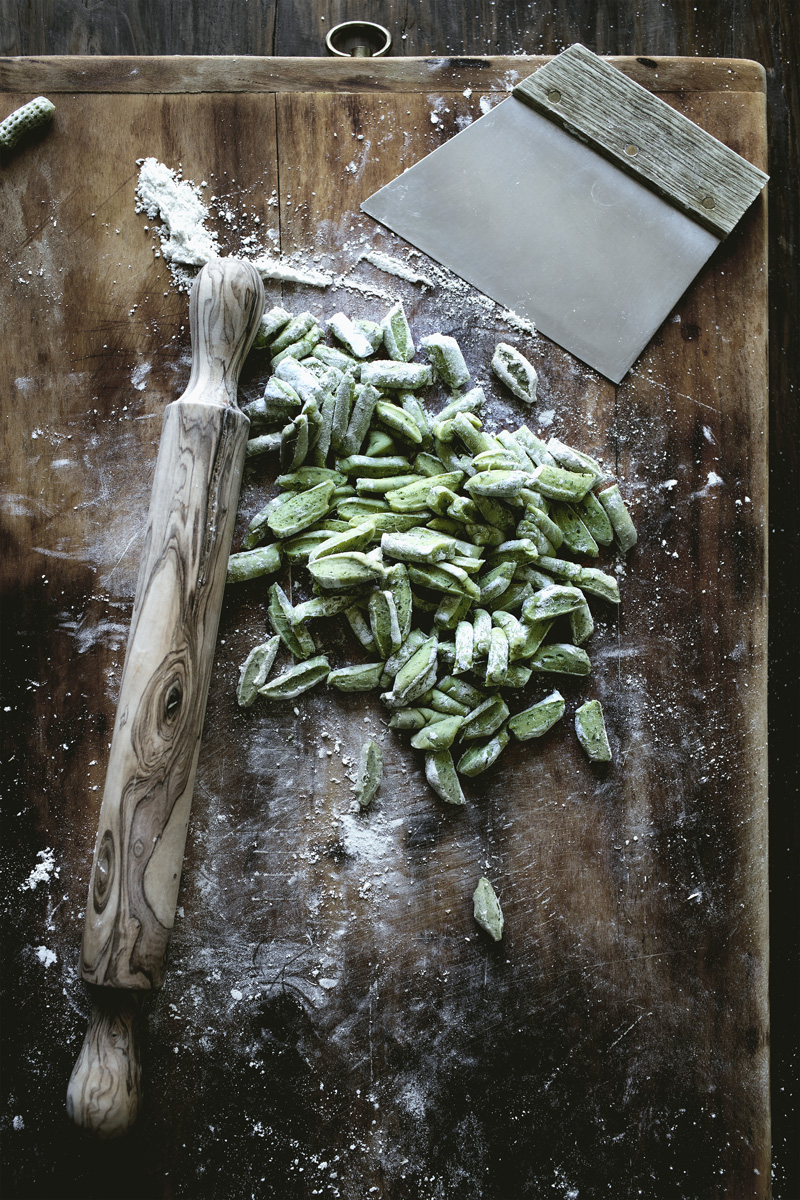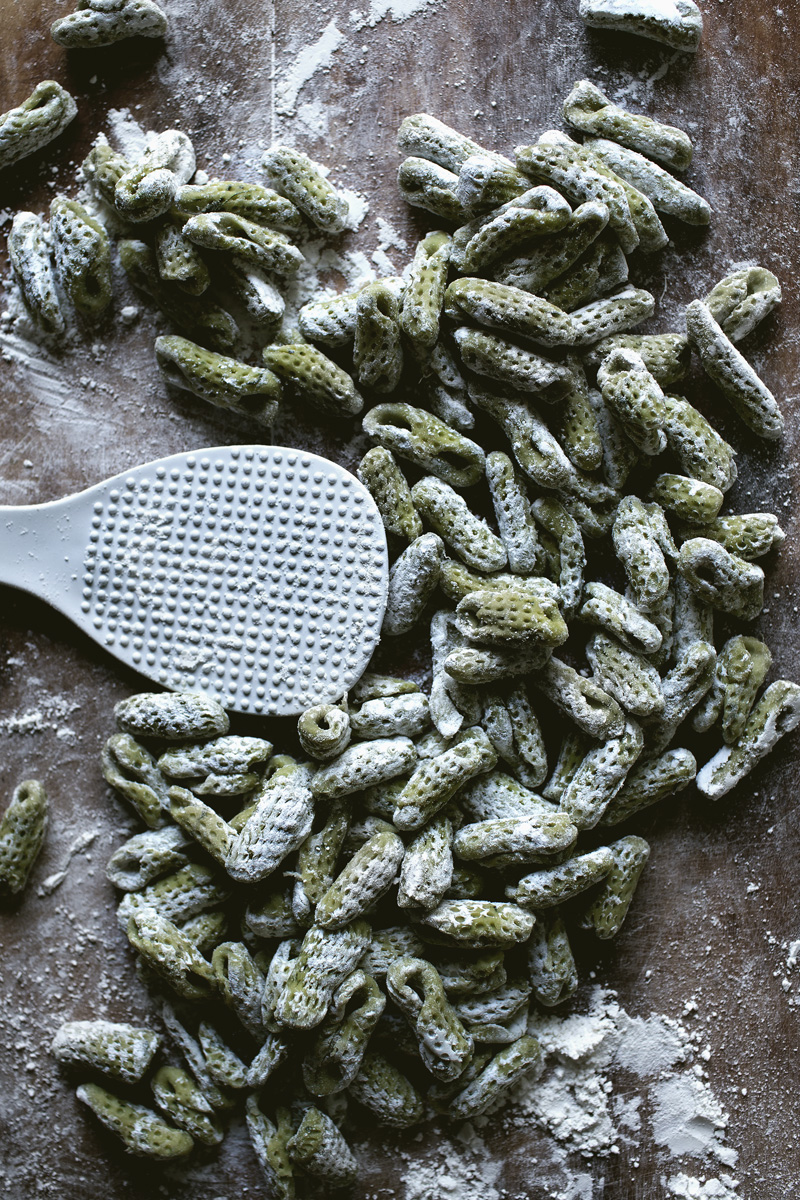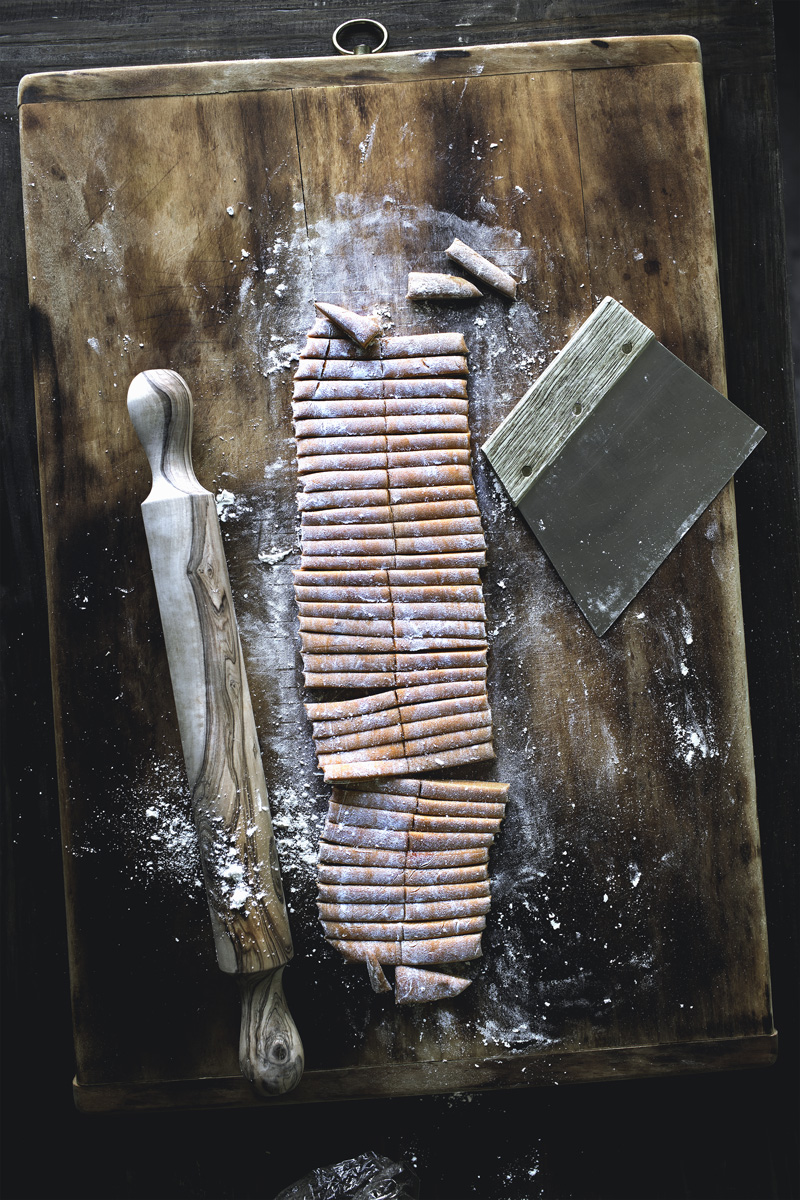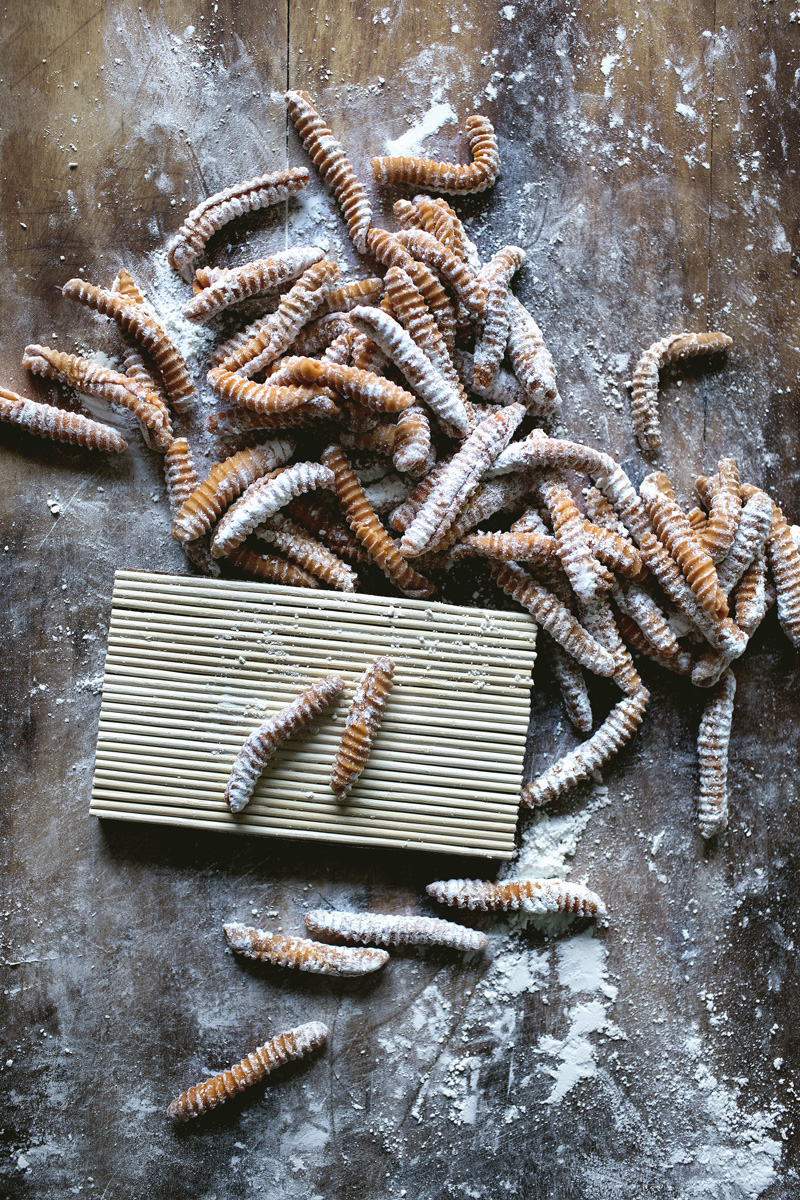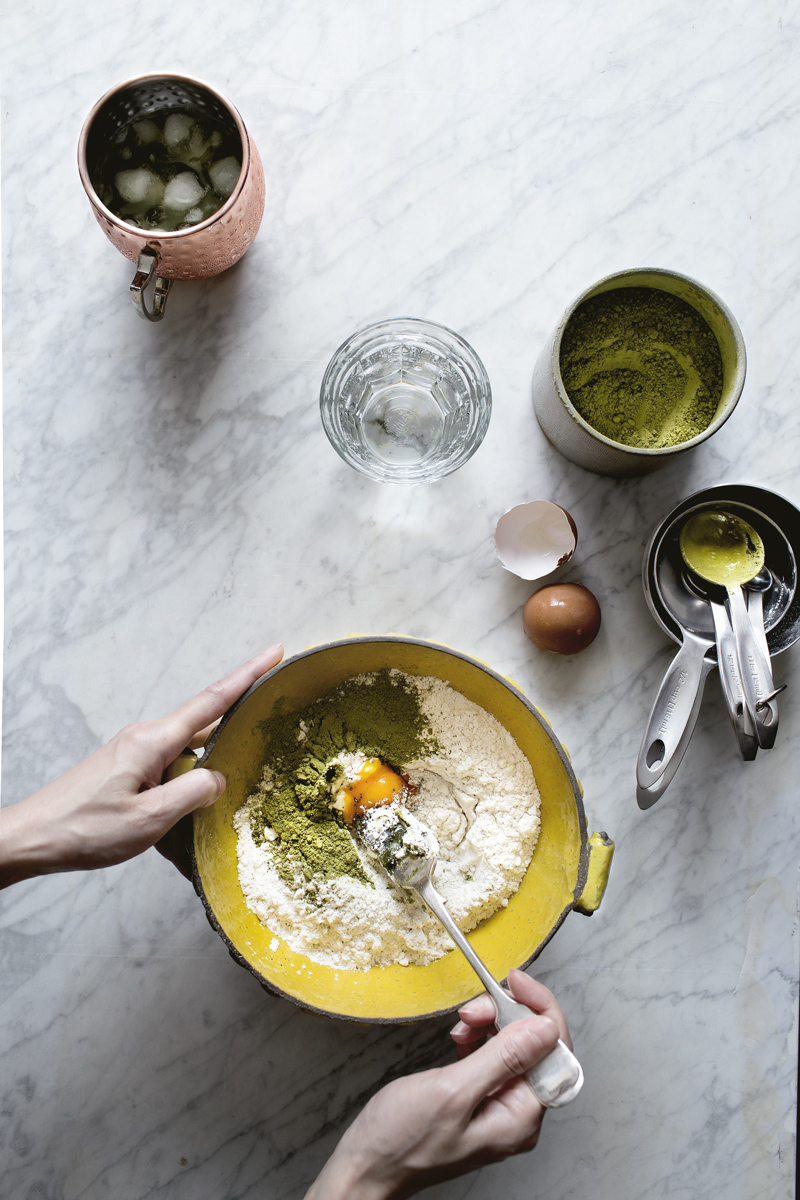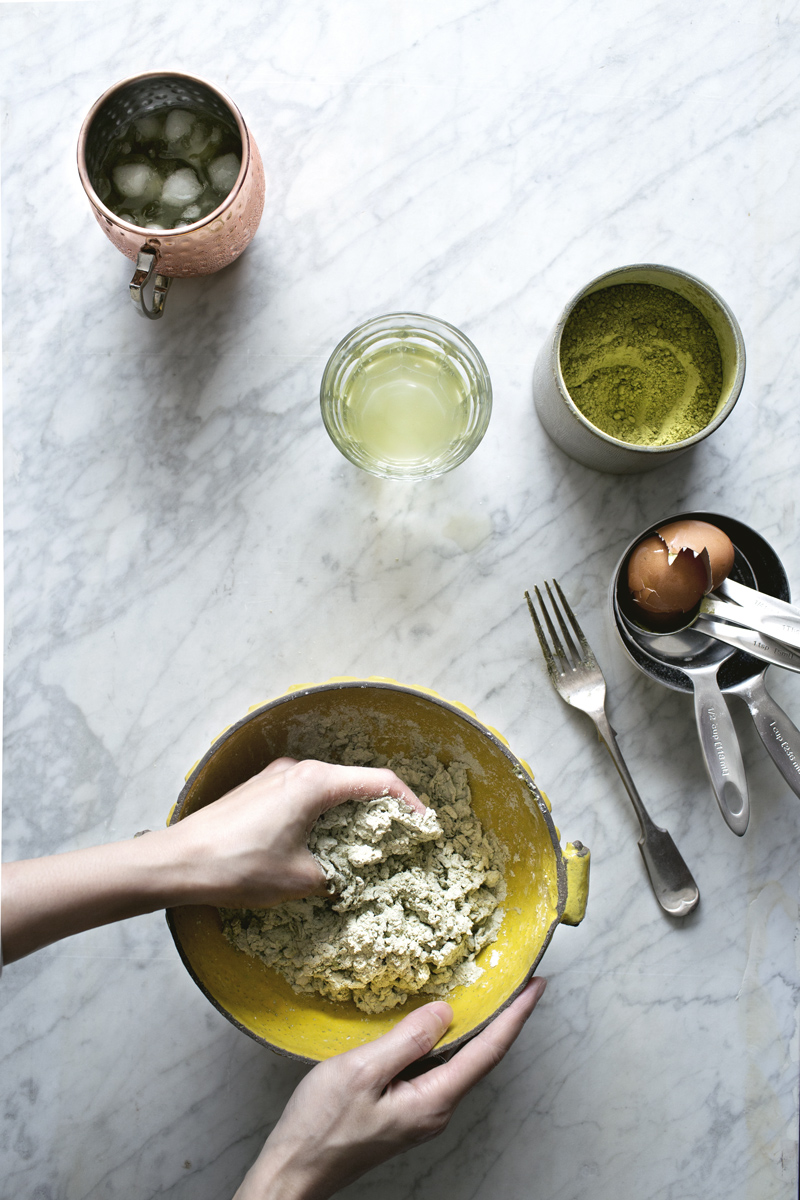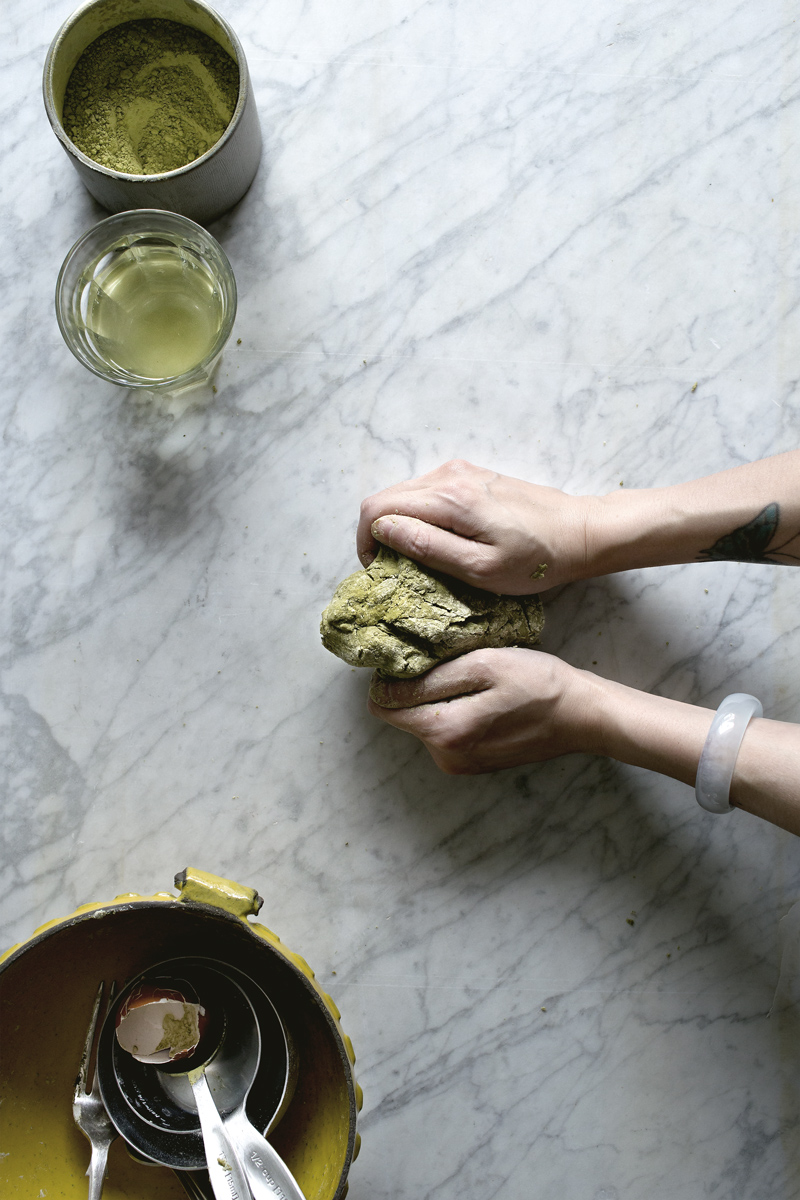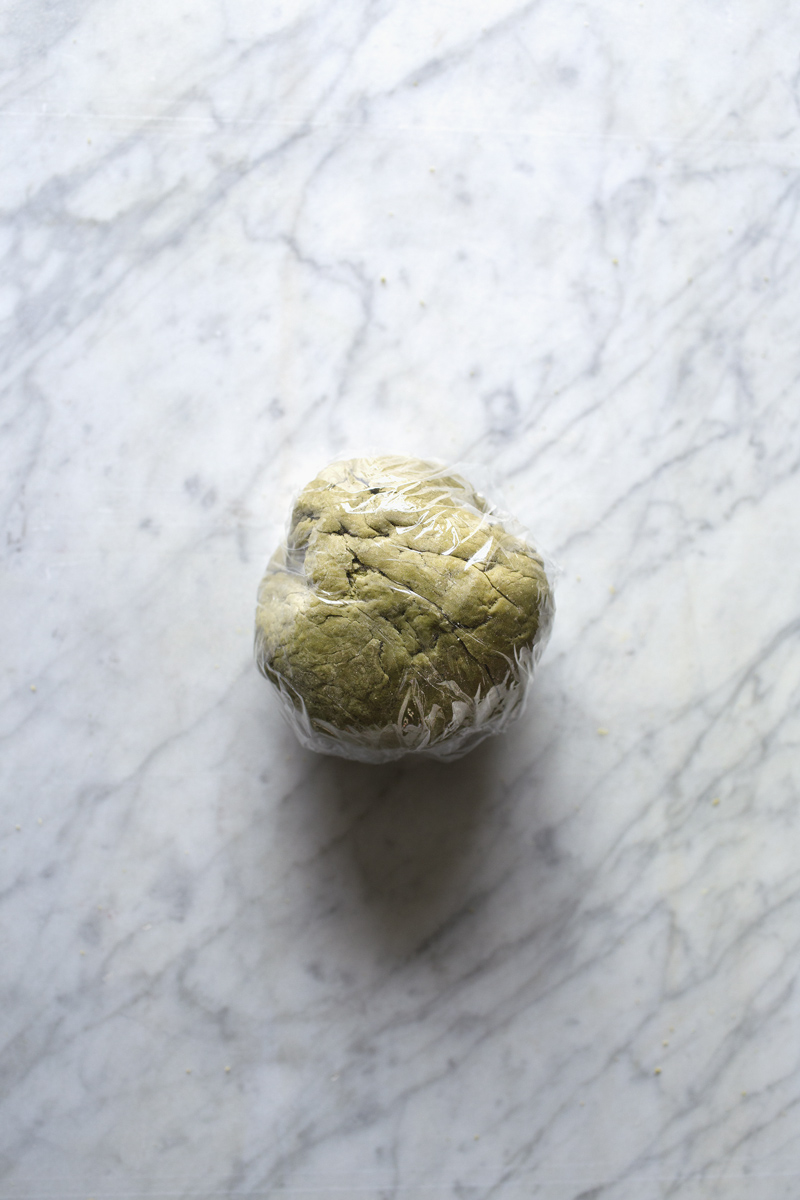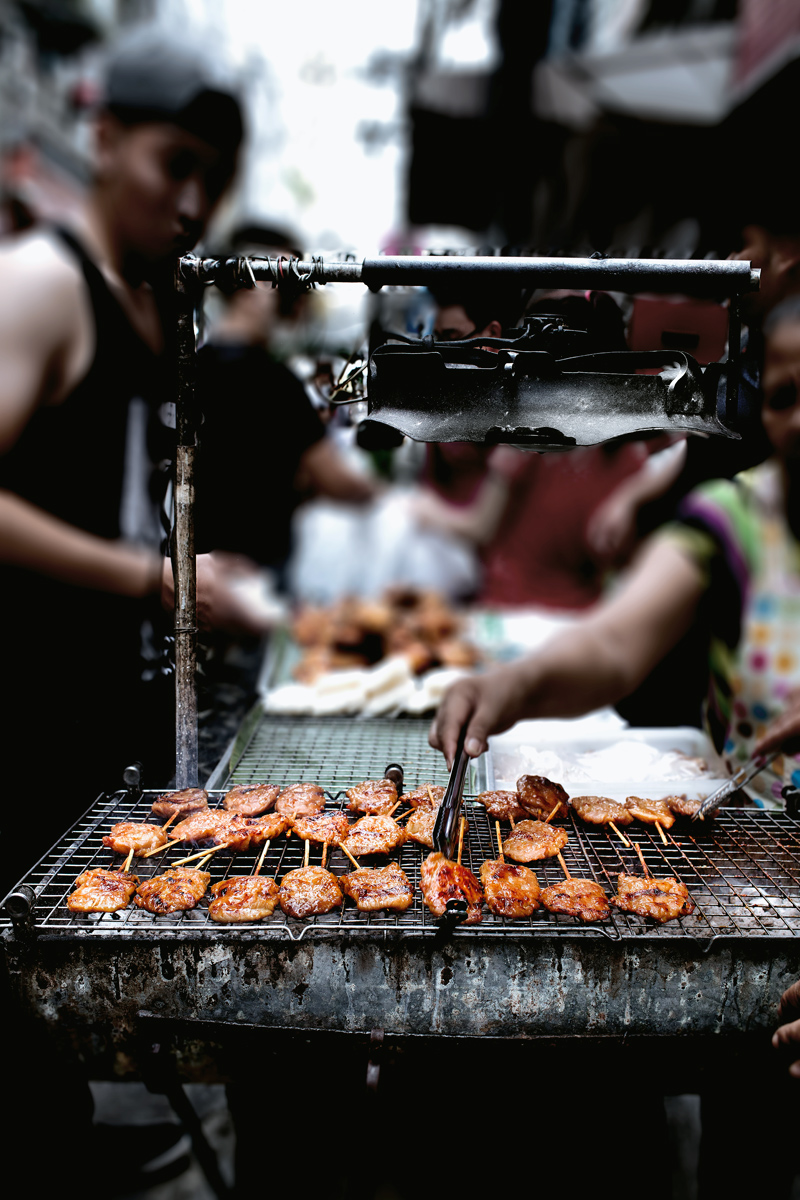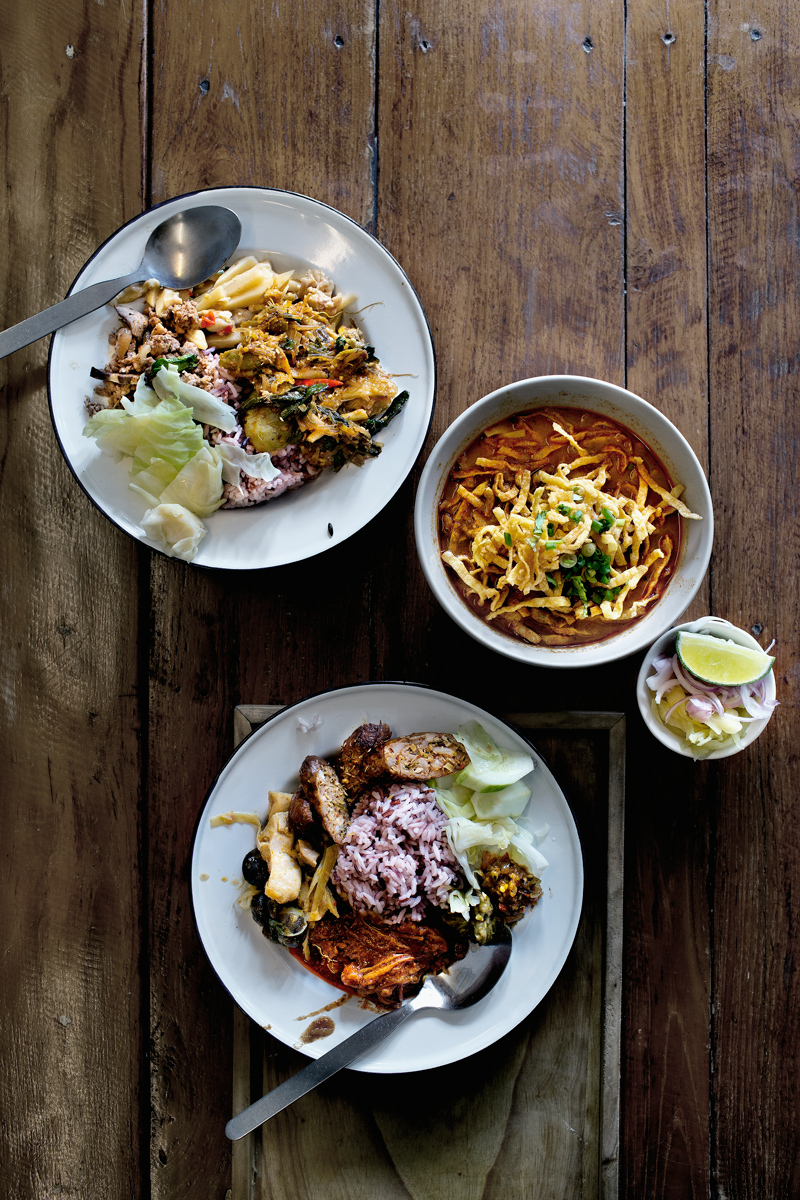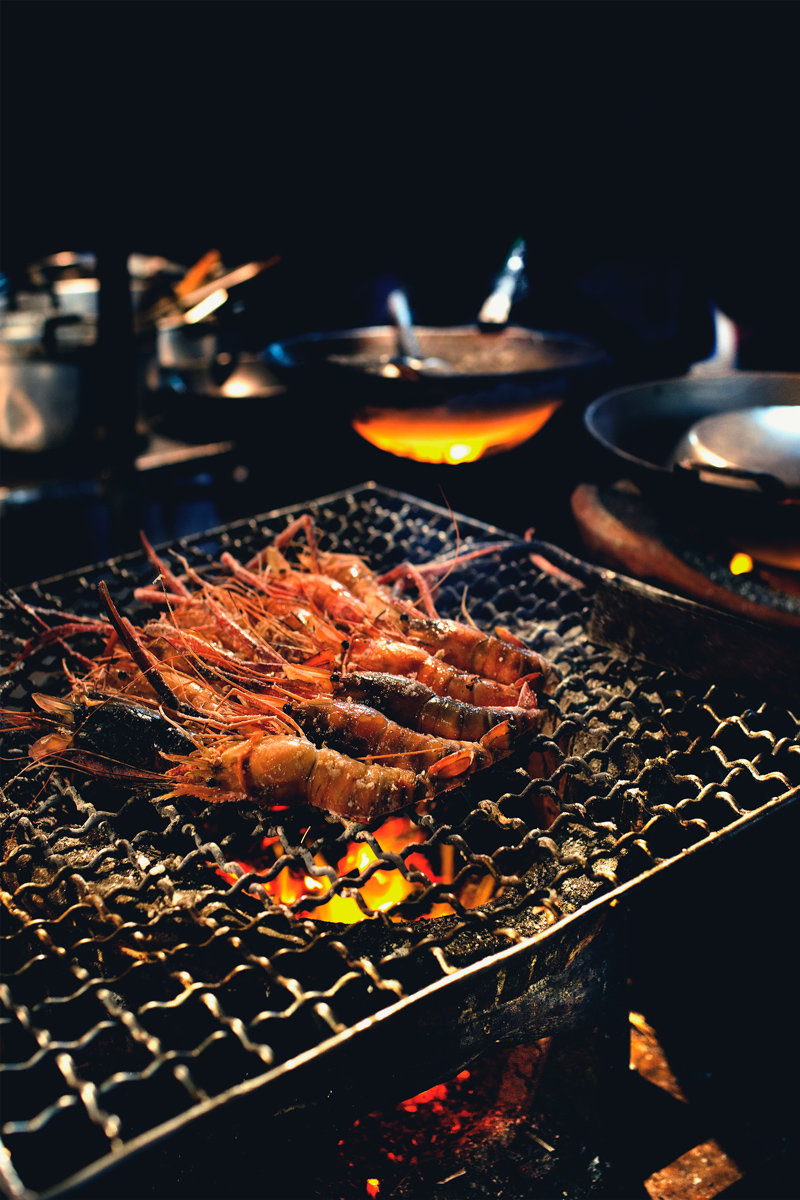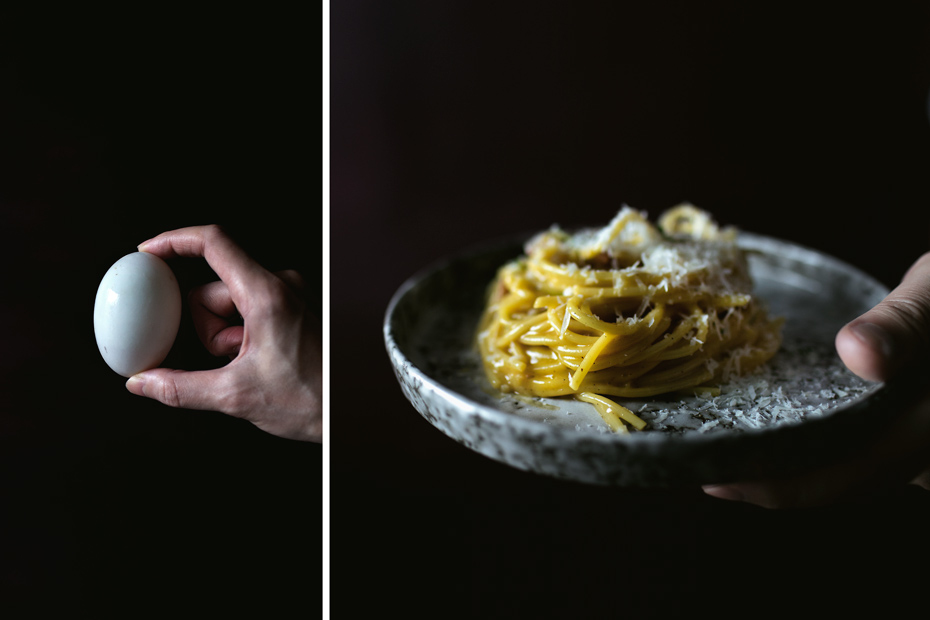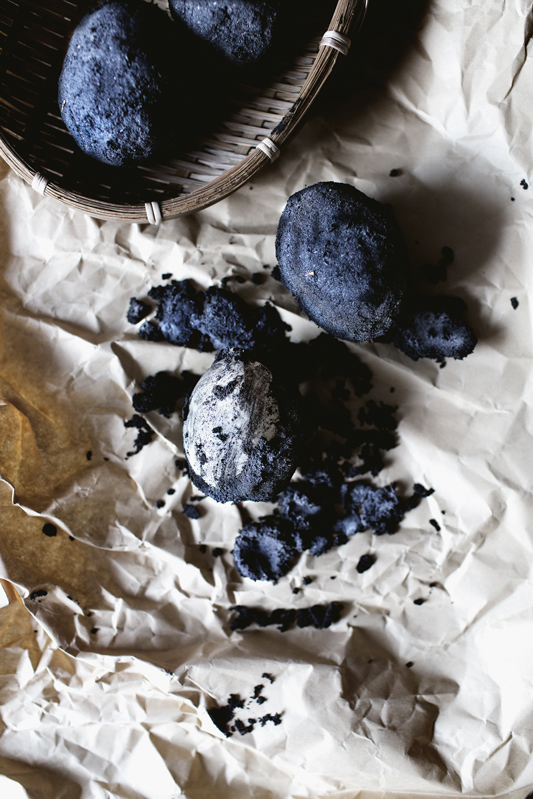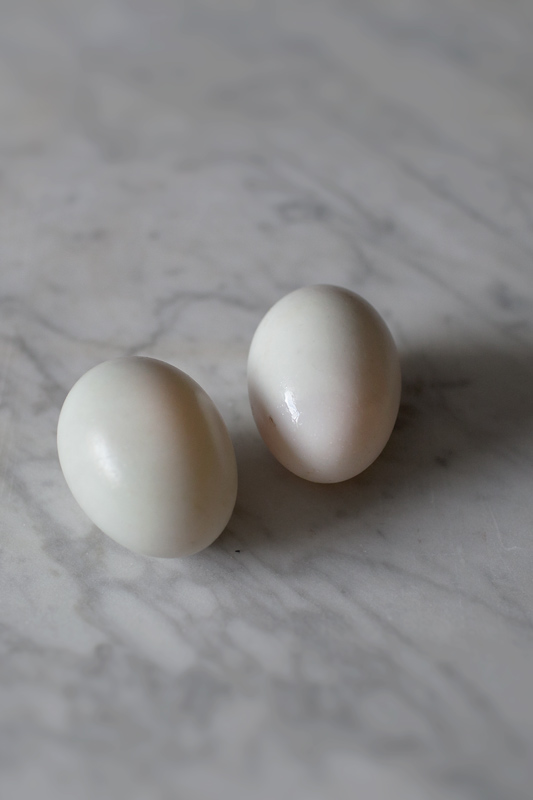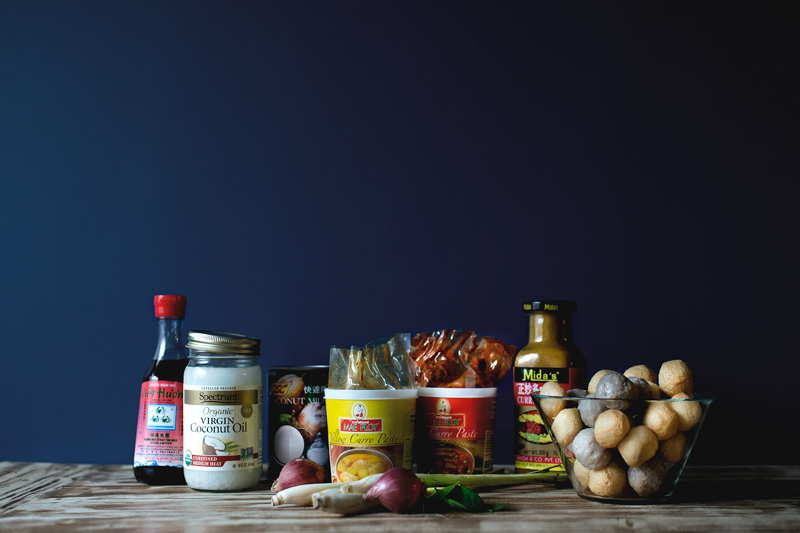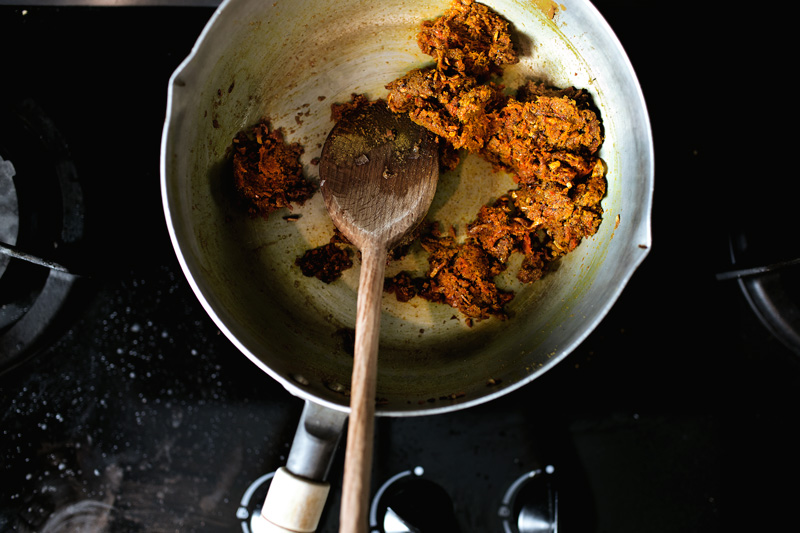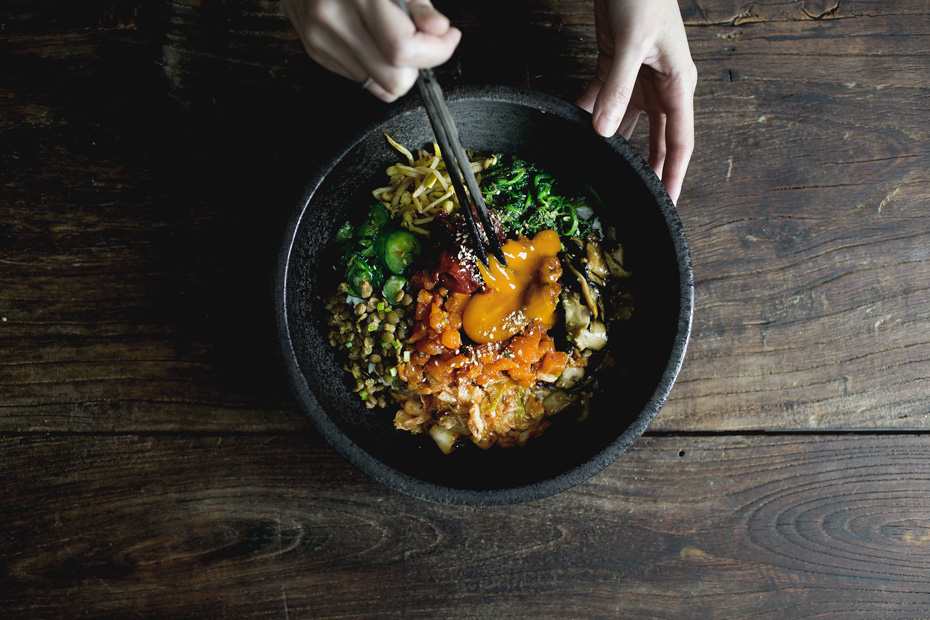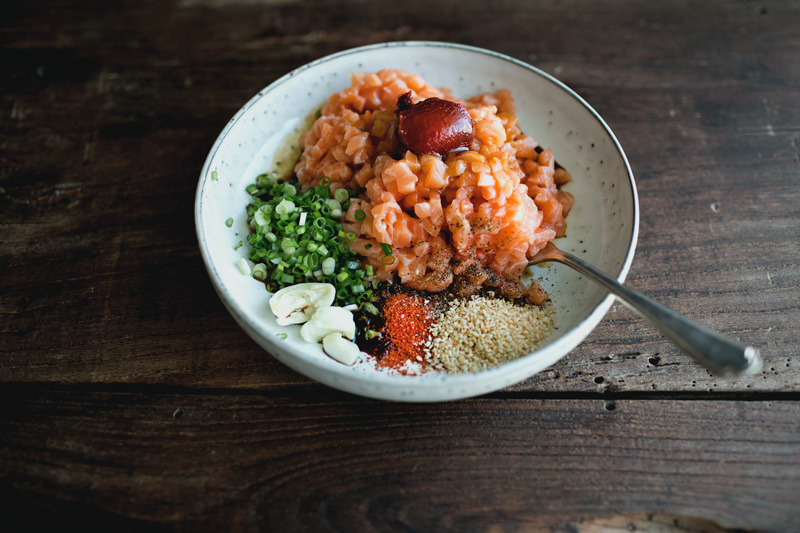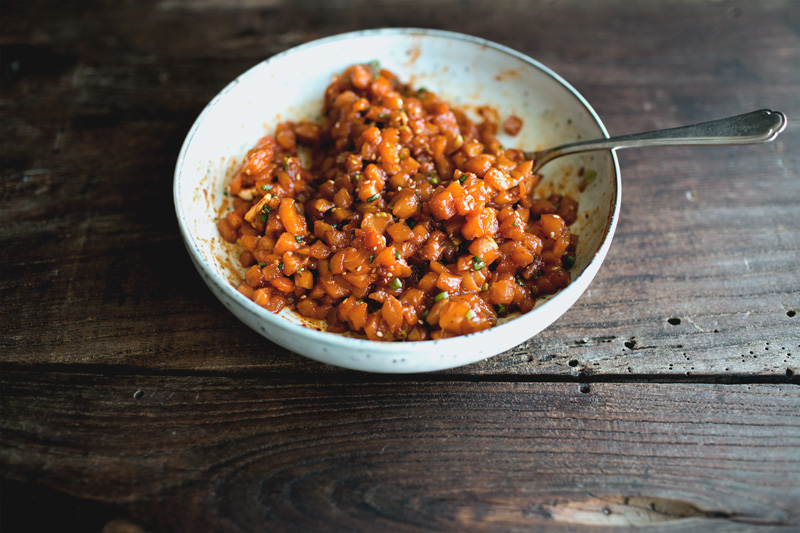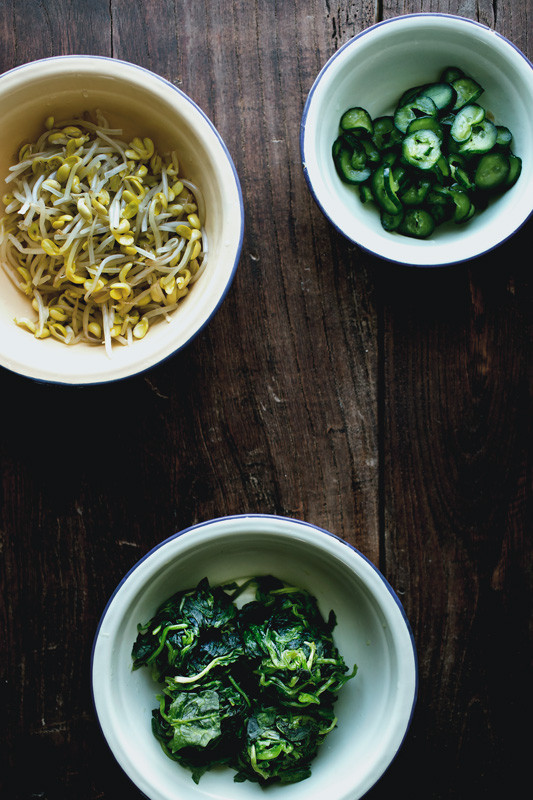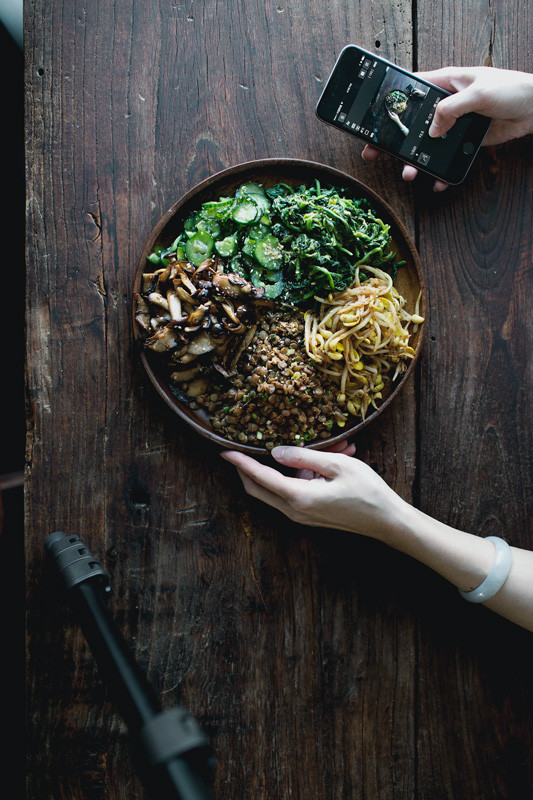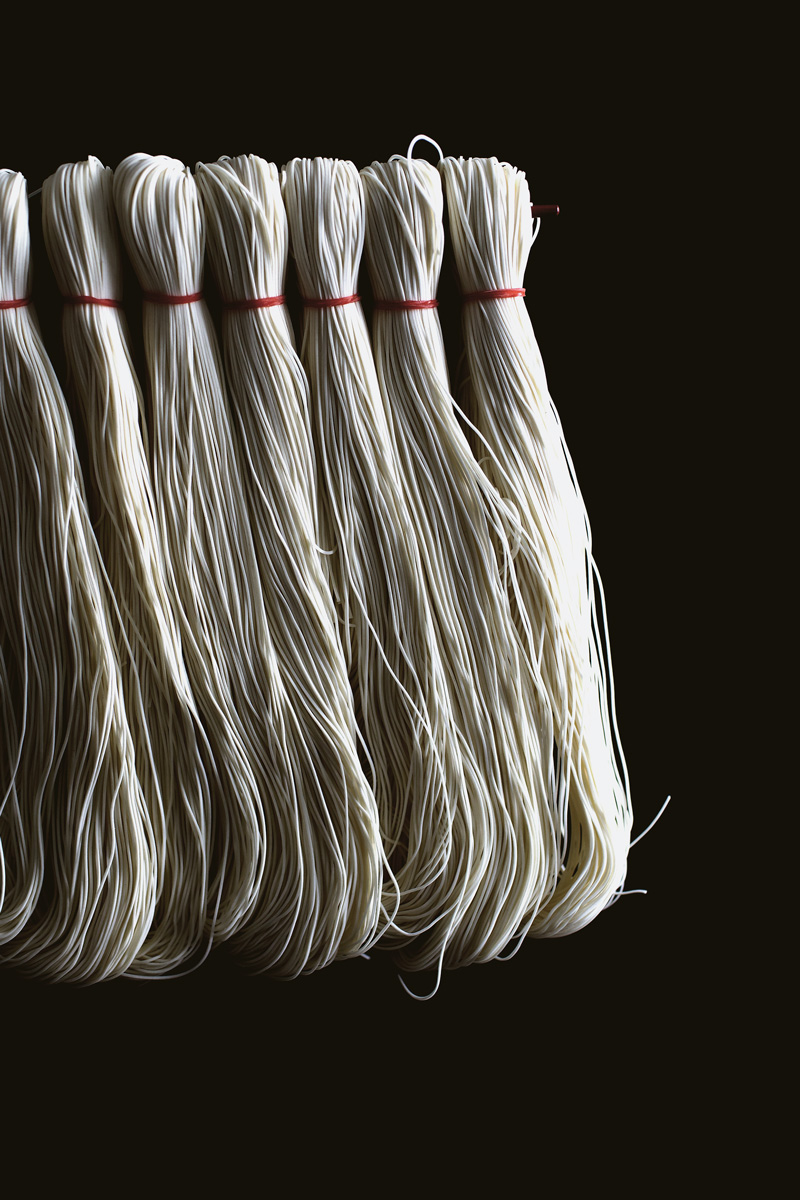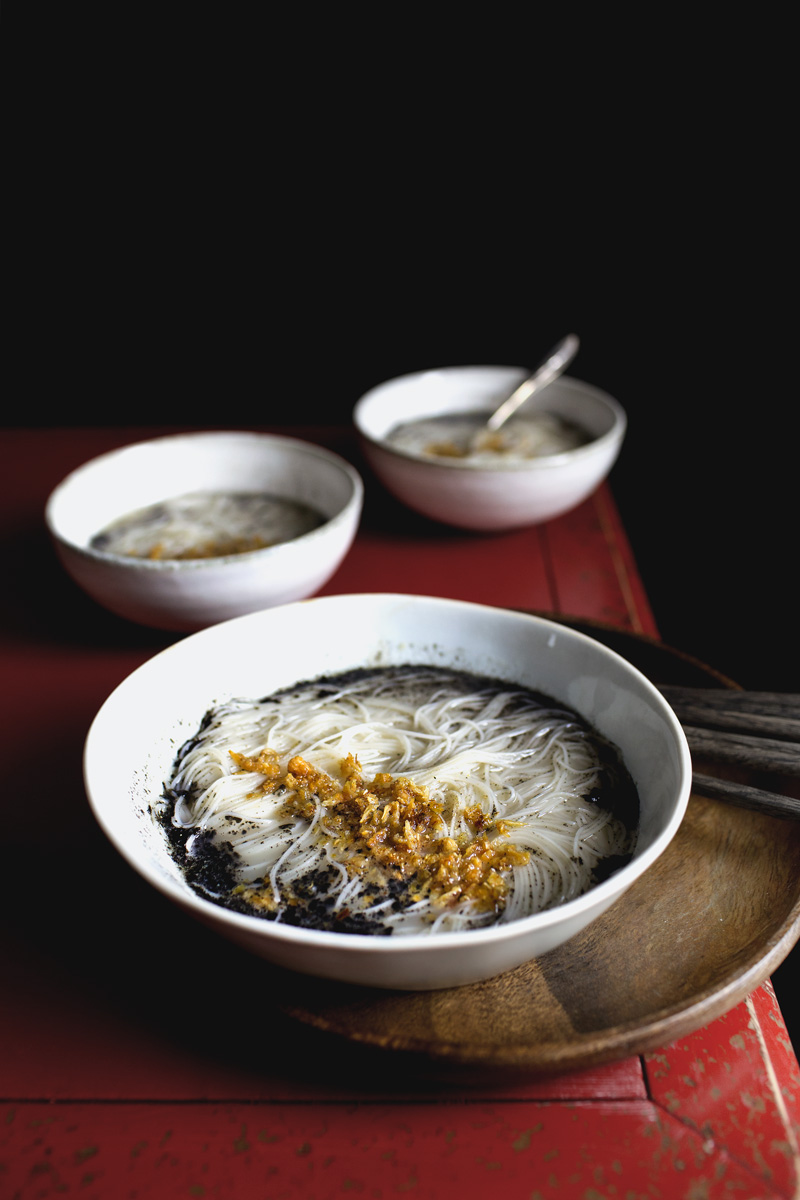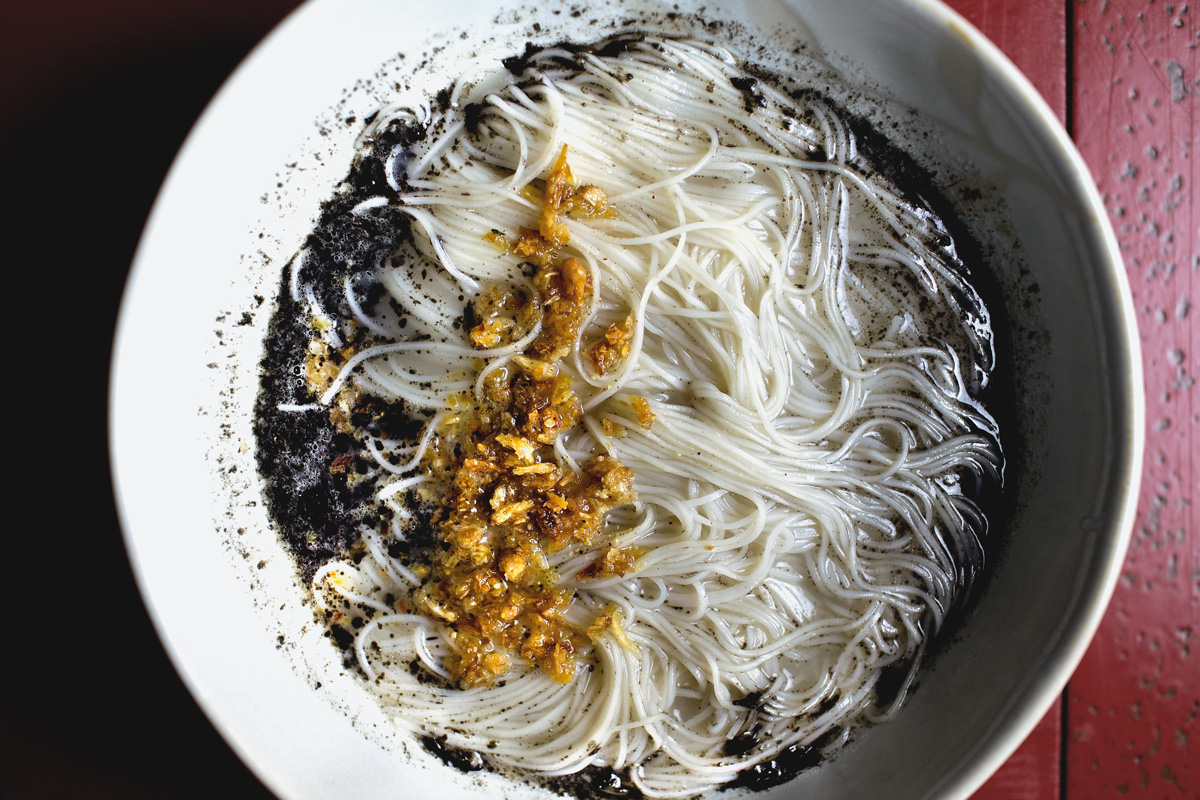In
All recipes, Meat, Noodle/Pasta/Rice
Just came home from an extra long weekend-getaway from Bangkok, my second time visiting this feasting sanctuary and wow, it is even better than I remembered. I’m not going to play expert and include a traveling guide with this post because when it comes to Bangkok, I’m not, yet. But I will however, include some links (with or without photos) to some of the memorable moments we experienced on this trip. It’s not a lot. After all, it was a 2 1/2 day quickie. Plus a noodle recipe that brings me back whenever I miss that city, which is to say, always.
JUST STICK WITH
THE DON AND THE HOLY FOURSOME

PORK OFFAL SOUP WITH FLAT RICE NOODLE
TOM YUM SOUP WITH RICE VERMICELLI
SIAM PARAGON – shopping mall with an entire floor of food paradise
KITCHEN SUPPLY STORE WITH UNIQUE FINDS
THAT SPICY, SOUR THAI STREET NOODLE:
Before you say anything, you’re right, this isn’t authentically anything. It isn’t a particular Thai dish, doesn’t even have a real title (the fact of the matter is, I didn’t have a clue what most of the dishes we ate were called), but what it is, is a recollected combination of flavours that brings me back to that plastic stool and folding table on a hustle-and-bustle street-corner in Bangkok, hitting the right notes. The aromatic broth… the strings of supple and chewy rice vermicelli… the crunch somewhere in between… the zing, what’s that?… but wait there comes the heat, then savouriness, sweetness, one after the other, tangled but distinct at the same time, intriguing but too consuming to investigate. That memory, to me at least, is not an absolution, but a chest of vibrant paints and crayons that splatters beautifully over a blank canvas, different every time but always a balance in perfection.
I went with a cheated version starting with store-bought chicken stock which I then built flavours on top. But you can of course, applauded, start with pig bones, beef bones, or any combination of broth-builder that you prefer, keeping in mind that as long as you get a grip on the major aromatics and template of flavours, chances are, your noodle just can’t taste bad if not delicious. Aromatics like lemongrass, galangal, pandang leaves, star anise, kaffir lime leaves… they are, together, a proven equation for a damn good reason. But what the hell is the “template of flavours” you ask? Which brings me to say…
Just stick with The Don and The Holy Foursome.
On every tables of every noodle-stalls in Bangkok, almost always and if not you’re entitled to get angry, are a fixed collection of condiments, the paints and crayons if you will, which ultimately determines the flavour profile of every individual bowl of noodles, different and deeply personal to every patron’s preferences. I call them, The Don and The Holy Foursome:
The godfather himself, kiss his hand, is a bottle of fish sauce – SAVOURINESS. Then, toasted and crushed chili flakes – HEAT. Blended fresh chili in vinegar – ACIDITY. Toasted and crushed peanuts and fried garlics – AROMAS and CRUNCH. A jar of sugar – SWEETNESS.
Always. Always. Respect them, but be playful. I always like mine with high pitch in heat and acidity, with a good dose on aromas and crunch, then subtle on sweetness, but I’ve also seen others dousing sugars over their noodles like it’s breakfast cereals. And, of course, a dash of The Don is always an offer you can’t refuse.



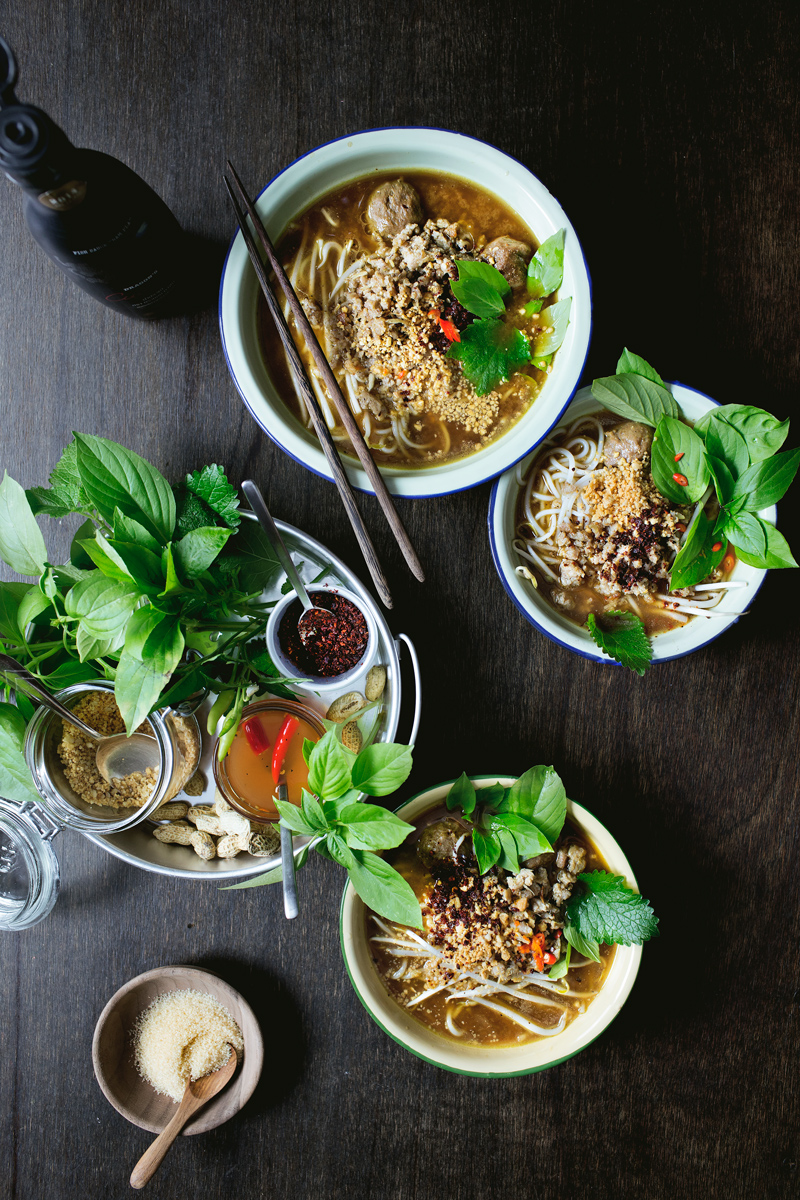


THAT SPICY, SOUR THAI STREET NOODLE
Ingredients
TOASTED CHILI FLAKES:
- 3 tbsp chili flakes
- 1 tsp vegetable oil
BLENDED CHILI VINEGAR:
- 5~6 (21 grams) mix of red and green Thai chili
- 1/2 cup (110 grams) white rice vinegar (not Japanese sushi vinegar)
- 1 tsp light brown sugar
FRIED GARLIC AND ROASTED PEANUTS:
- 1 head garlic, peeled and finely minced
- 1/2 cup vegetable oil
- 1/4 cup roasted peanuts
THE BROTH:
- 7 cups (1750 grams/ml) chicken stock
- 3 lemongrass, roughly chopped
- 1" galangal, roughly chopped
- 2 frozen pandang leaves, roughly cut
- 2 " cinnamon stick
- 4~5 kaffir lime leaves, torn
- 1 large handful of cilantro stems
- 1 star anise
- 2 tbsp garlic oil
- 1 tbsp dark soy sauce
- 1 tsp ground white pepper
- 1/2 tsp light brown sugar
- 1/4 tsp ground black pepper
- 3 tbsp fish sauce
- 8~10 Asian pork or beef meatballs
MINCED LEMONGRASS CHICKEN:
- 2 (340 grams) skinless boneless chicken legs
- 1 (30 grams) lemongrass, white parts only
- 1 tsp chopped ginger
- 1 tbsp fish sauce
- 1/4 tsp ground white pepper
- 1/8 tsp ground black pepper
- 2~3 kaffir lime leaves, torn
TO ASSEMBLE:
- rice vermicelli, variety depends on your preference
- Thai basils and bean sprouts
- sugar and fish sauce to season
- MSG
Instructions
- MAKE TOASTED CHILI FLAKES: Mix chili flakes and vegetable oil together in a skillet until it resembles wet sand. Set over medium heat, stirring constantly, until they turn darker in color and smells fragrant. Transfer immediately into a bowl to cool (it will burn quickly and become bitter).
- MAKE BLENDED CHILI VINEGAR: Over stove-flames or with a torch, char the skins of the chilis until completely blackened, then scrap away the black skins and seeds with a small knife and discard. Blend the chilis with vinegar and sugar in a blender until coarsely pureed. Set aside until needed.
- FRIED GARLIC AND TOASTED PEANUTS: Combine finely minced garlic and vegetable oil in a small pot over medium heat, stirring constantly, until the garlics start to turn light brown in color (this will take a few minute)(*don't let them turn dark brown or they'll be bitter*). Drain immediately through a fine sieve and let cool. Reserve the oil. Once the garlics are cooled, pound them together with roasted peanuts in a mortar until coarsely ground.
- MAKE THE BROTH: Blend a couple cups of chicken stock with lemongrass, galangal and pandang leaves until coarsely blended. Transfer into a large pot with the rest of the chicken stock, along with cinnamon stick, kaffir lime leaves, cilantro stems, star anise, reserved garlic oil, dark soy sauce, ground white pepper, light brown sugar and ground black pepper. Bring to a simmer and cook for 30 min, then add the fish sauce and meat balls, and cook for another 10 min.
- Meanwhile, make the minced lemongrass chicken: Cut the chicken into small pieces then set aside. In a food-processor, blend lemongrass and ginger until finely chopped. Add the chicken, fish sauce, ground white and black pepper, and pulse until the mixture is finely ground (like sausage consistency). Add 2 tbsp of the reserved garlic oil into a skillet over medium-high heat. Add the kaffir lime leaves and cook until fragrant, then add the chicken-mixture, breaking it up with a wooden spoon, and cook until slightly browned on all edges. Set aside until needed.
- TO ASSEMBLE: On the table, arrange a bottle of fish sauce, a small jar of light brown sugar, toasted chili flakes, blended chili vinegar, fried garlic/roasted peanuts, and a couple bunch of fresh Thai basils.
- Cook the rice vermicelli according to instructions and divide into bowls, with a small handful of bean sprouts and a good pinch of MSG (that's how it's done, ok? that's how it's done). Pour the broth into the bowl through a fine sieve, then add a couple of meatballs and a good large spoonful of minced lemongrass chicken into each bowls. Adjust your own season with the condiments then slurp.
Notes
This broth can be built on store-bought chicken stock, or from scratch with pork bones and water.
3.1
http://cj8.98d.mwp.accessdomain.com/2016/06/15/that-spicy-sour-thai-street-noodle/
Continue Reading

